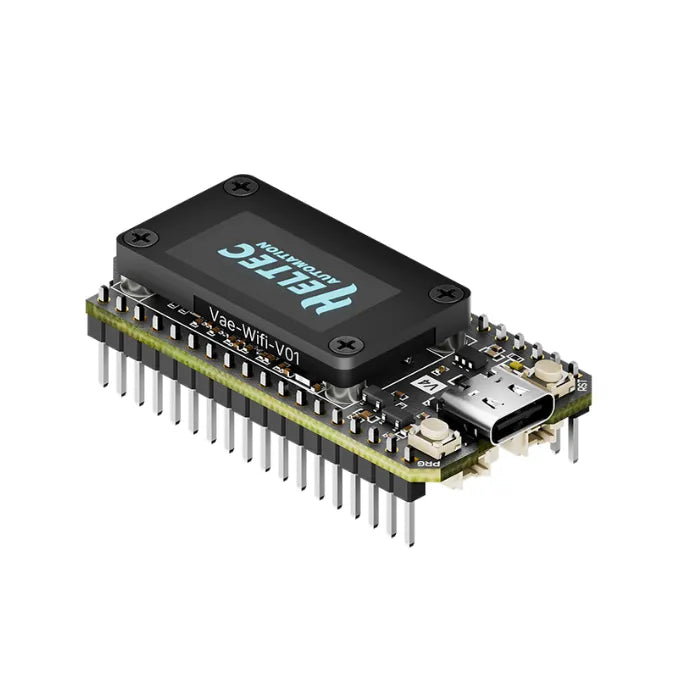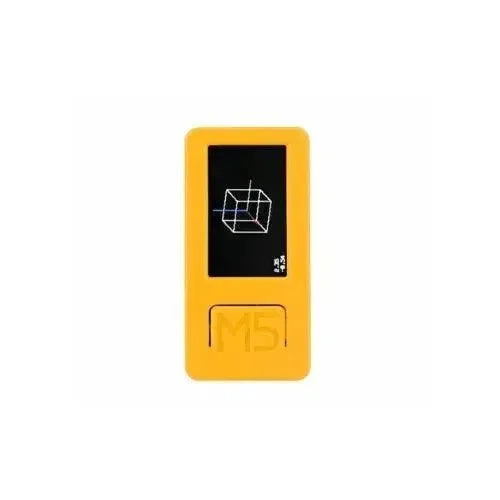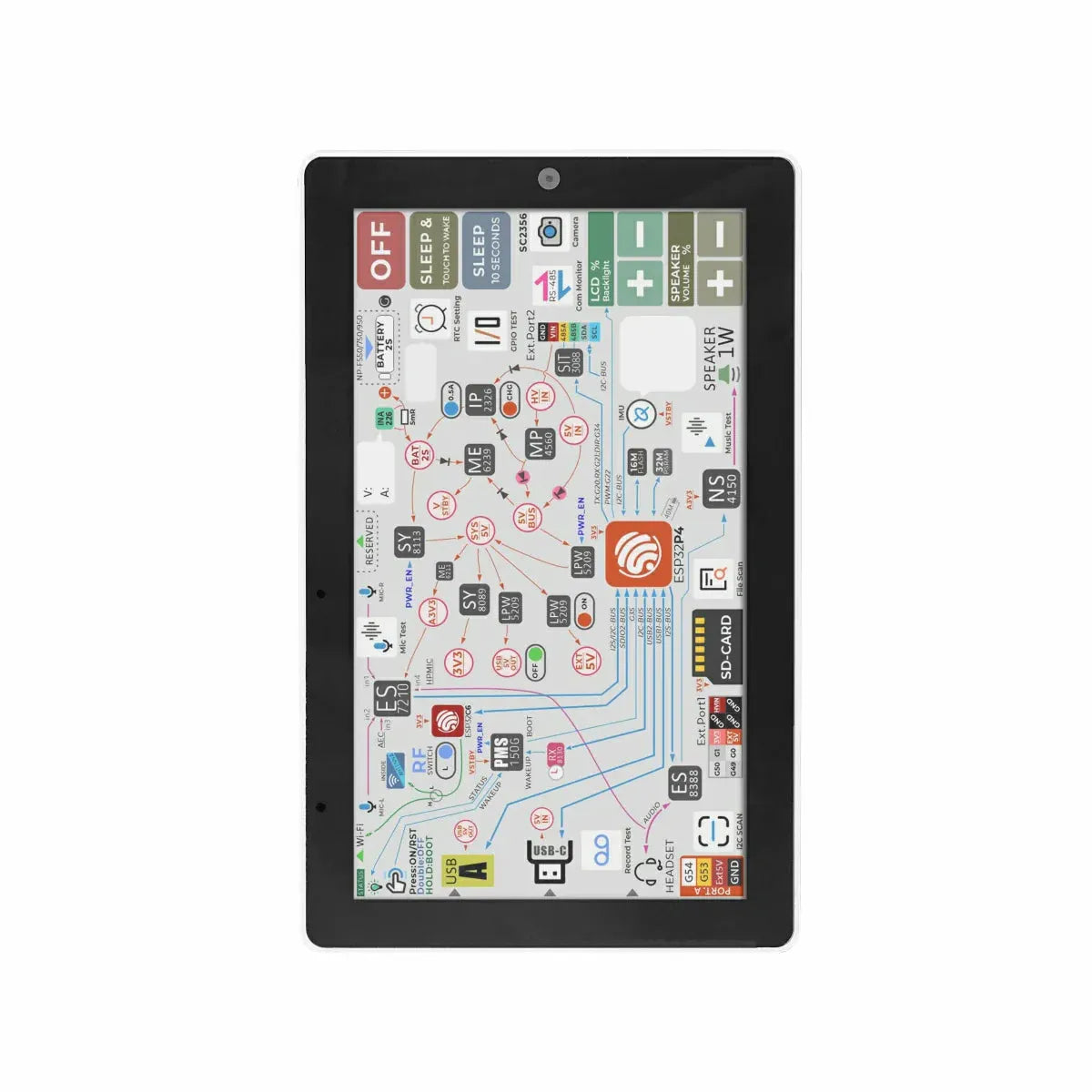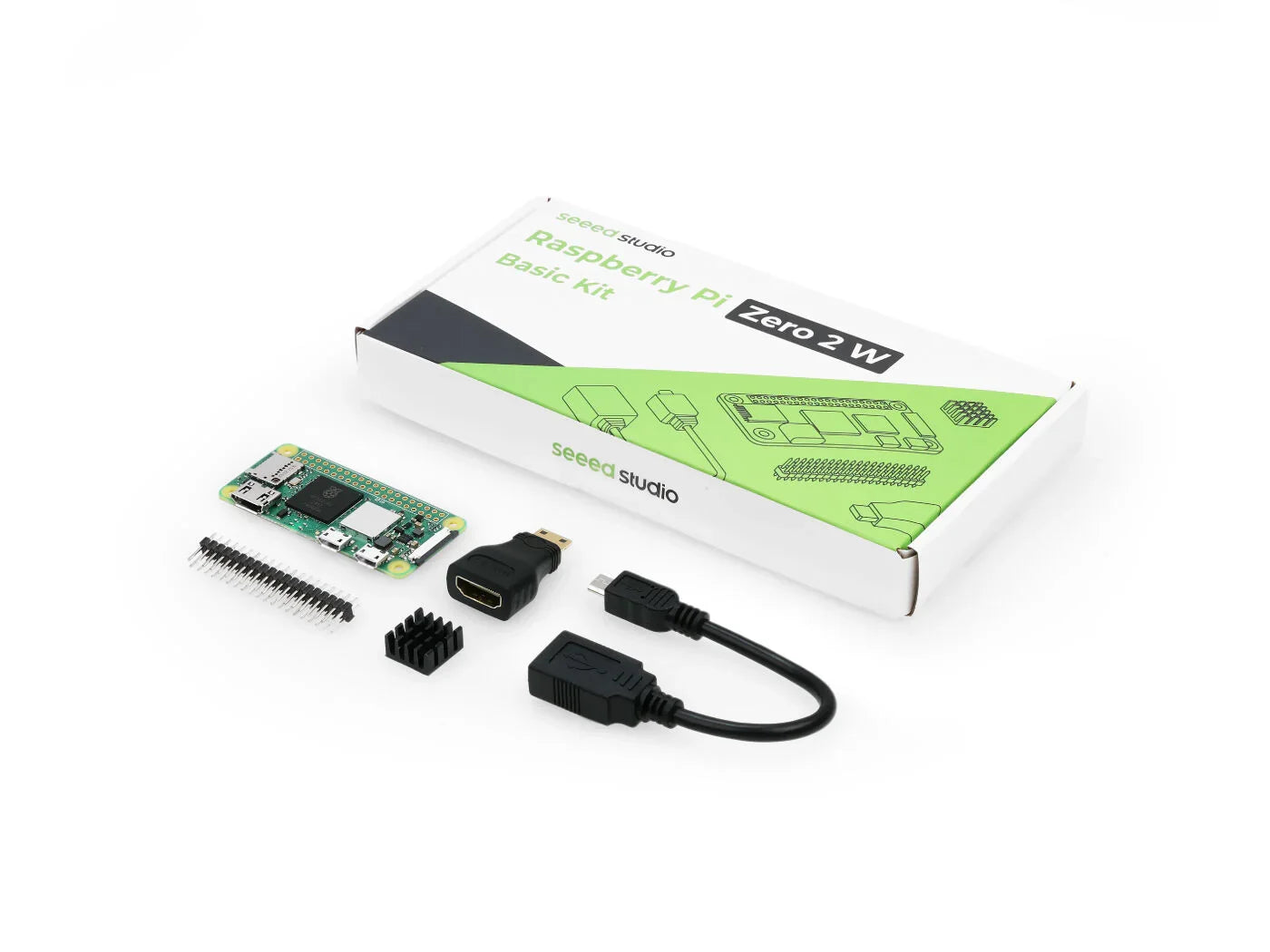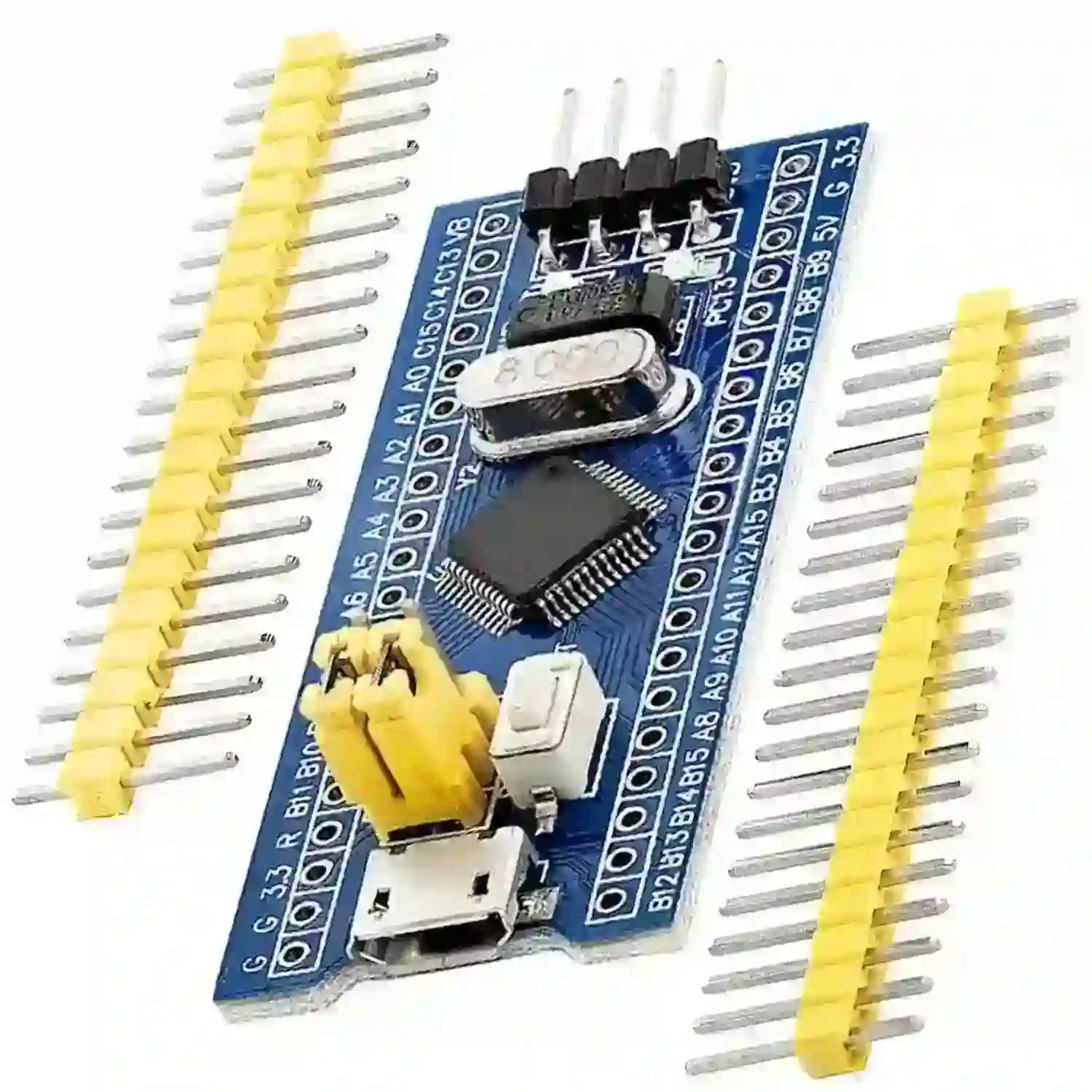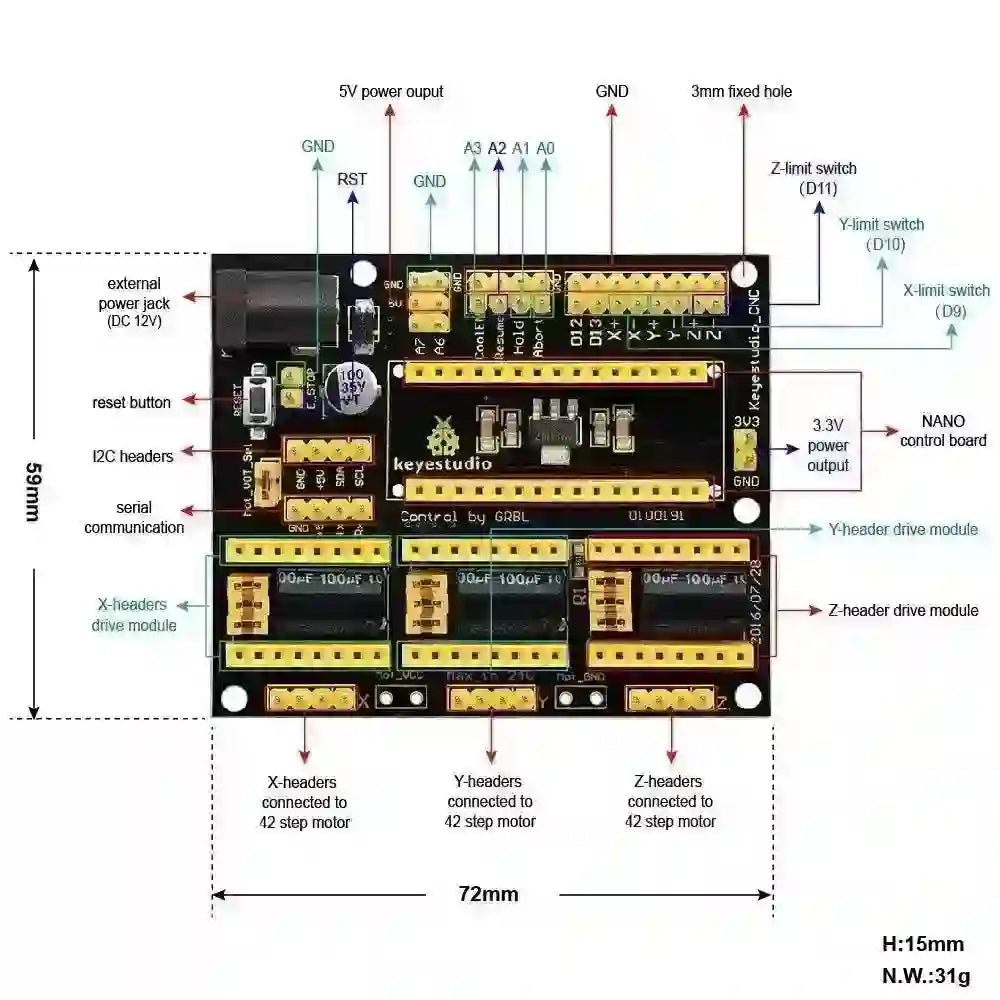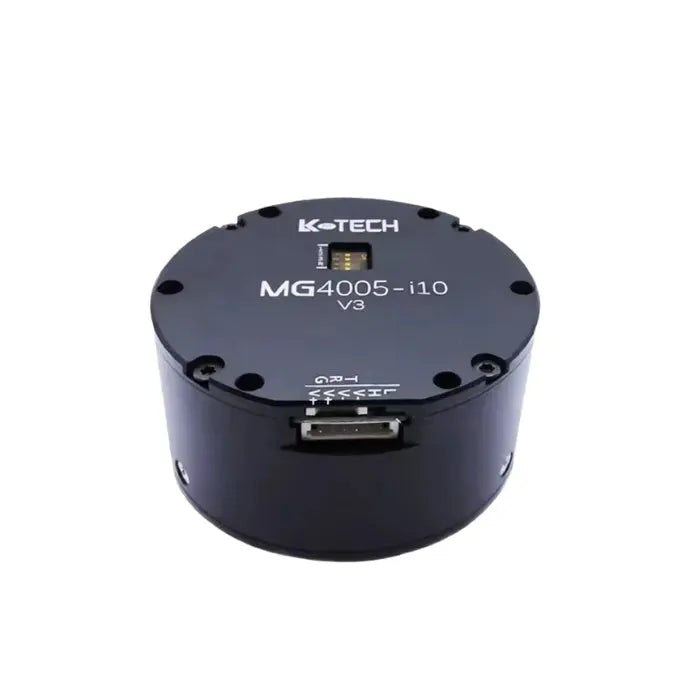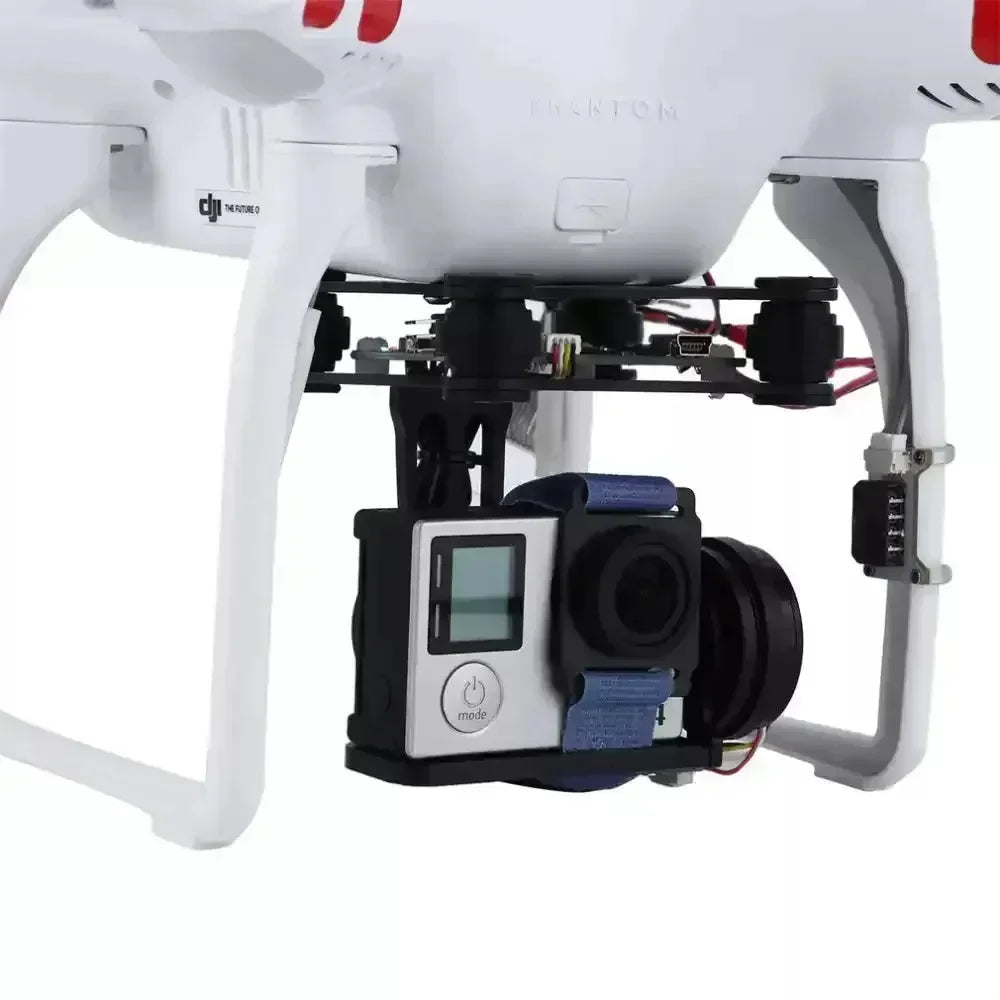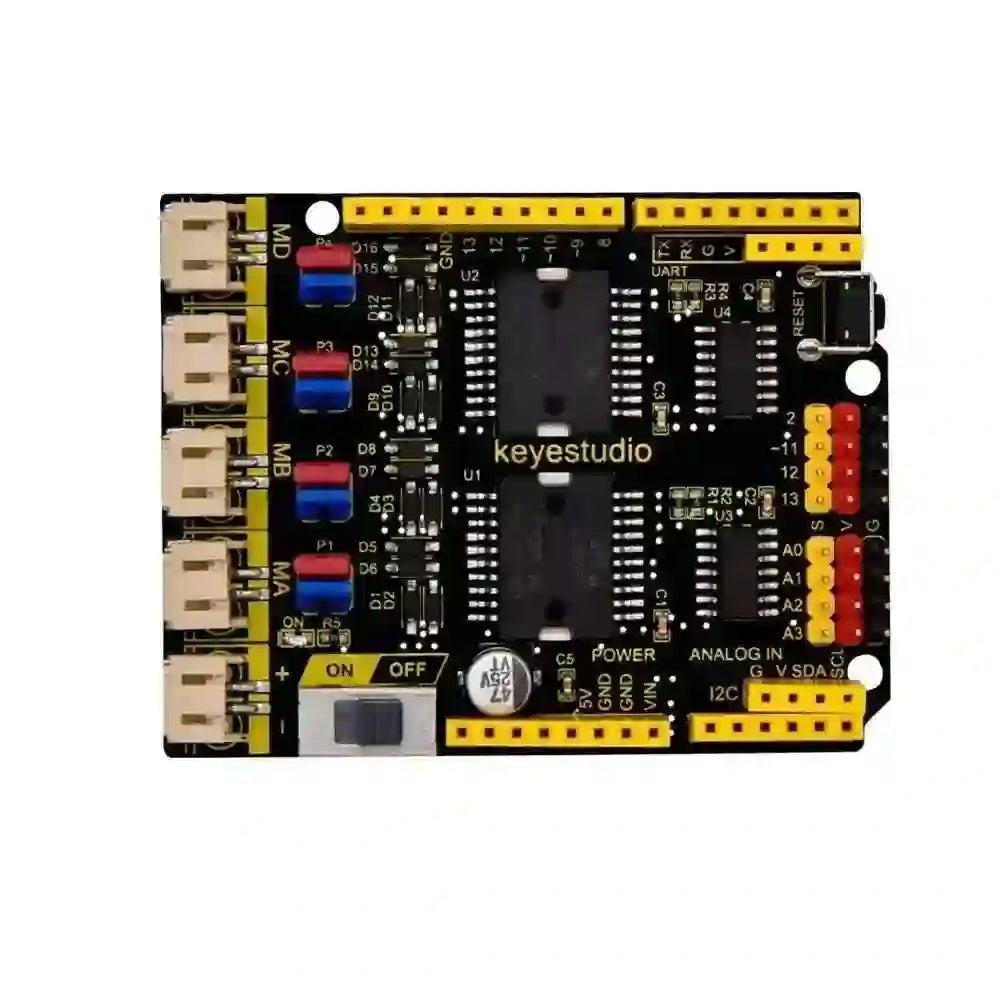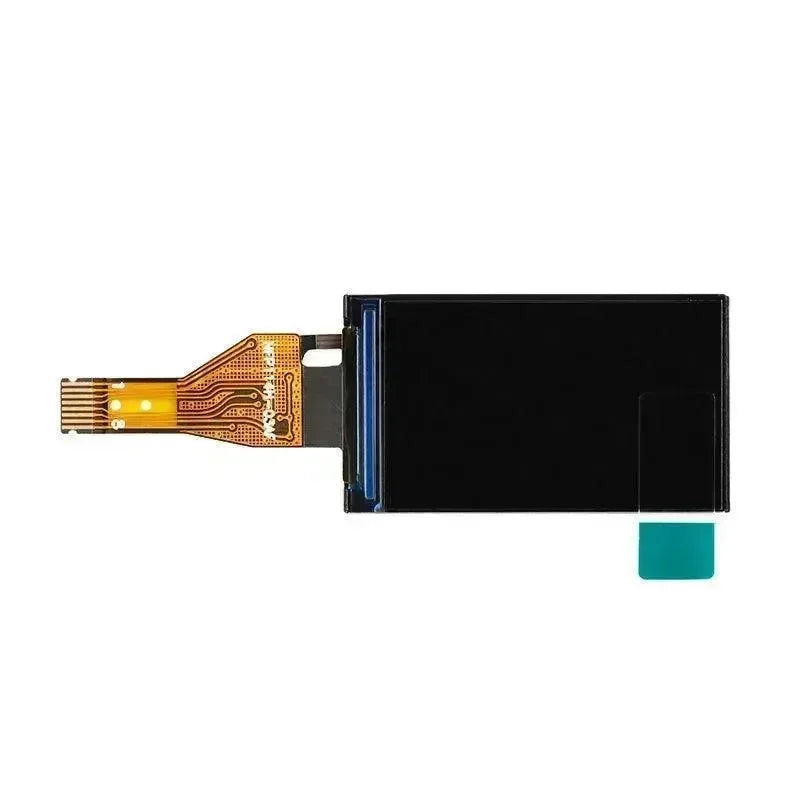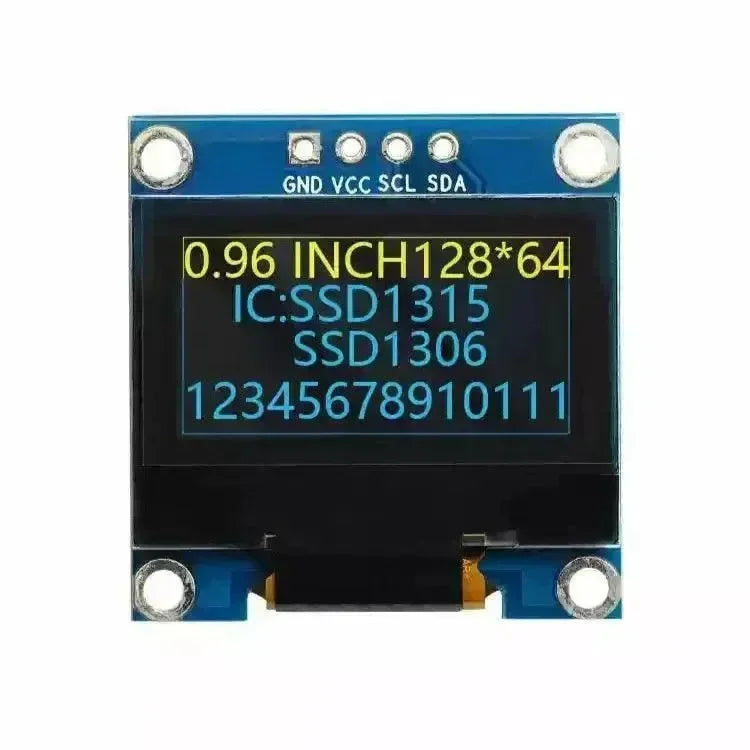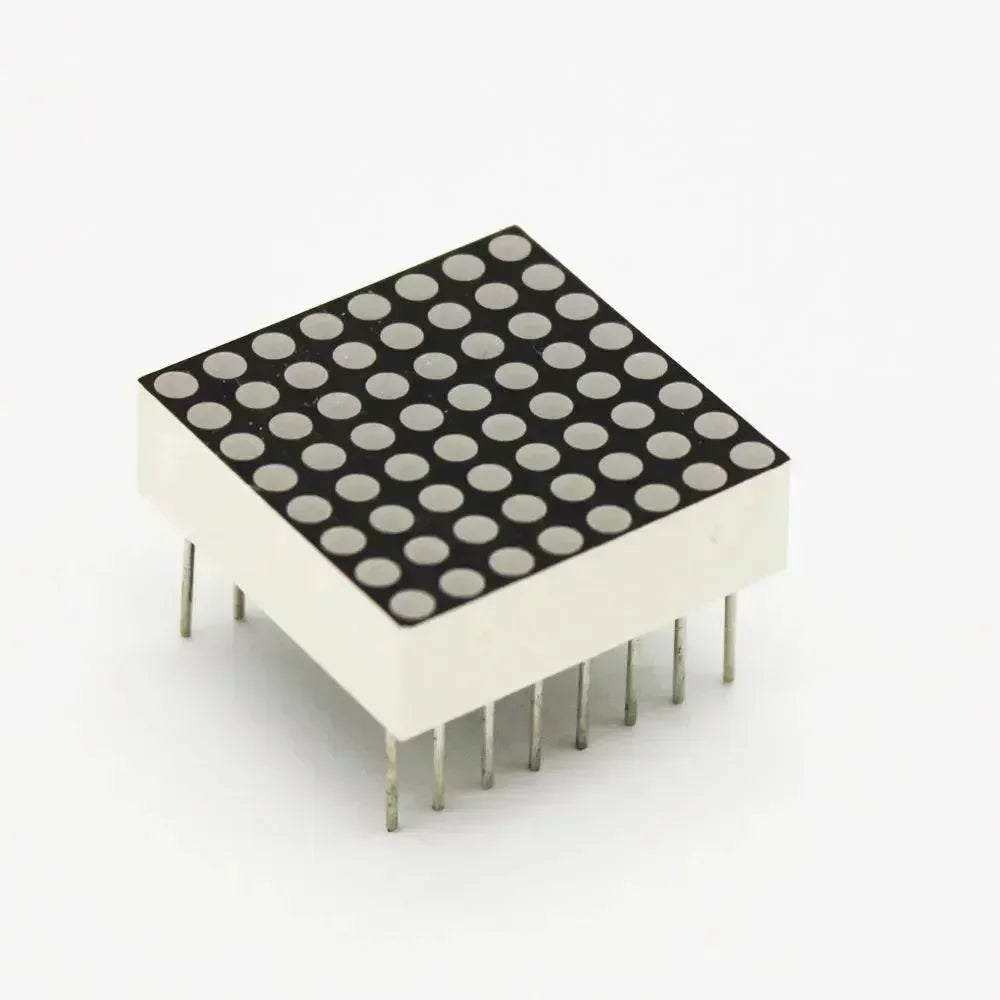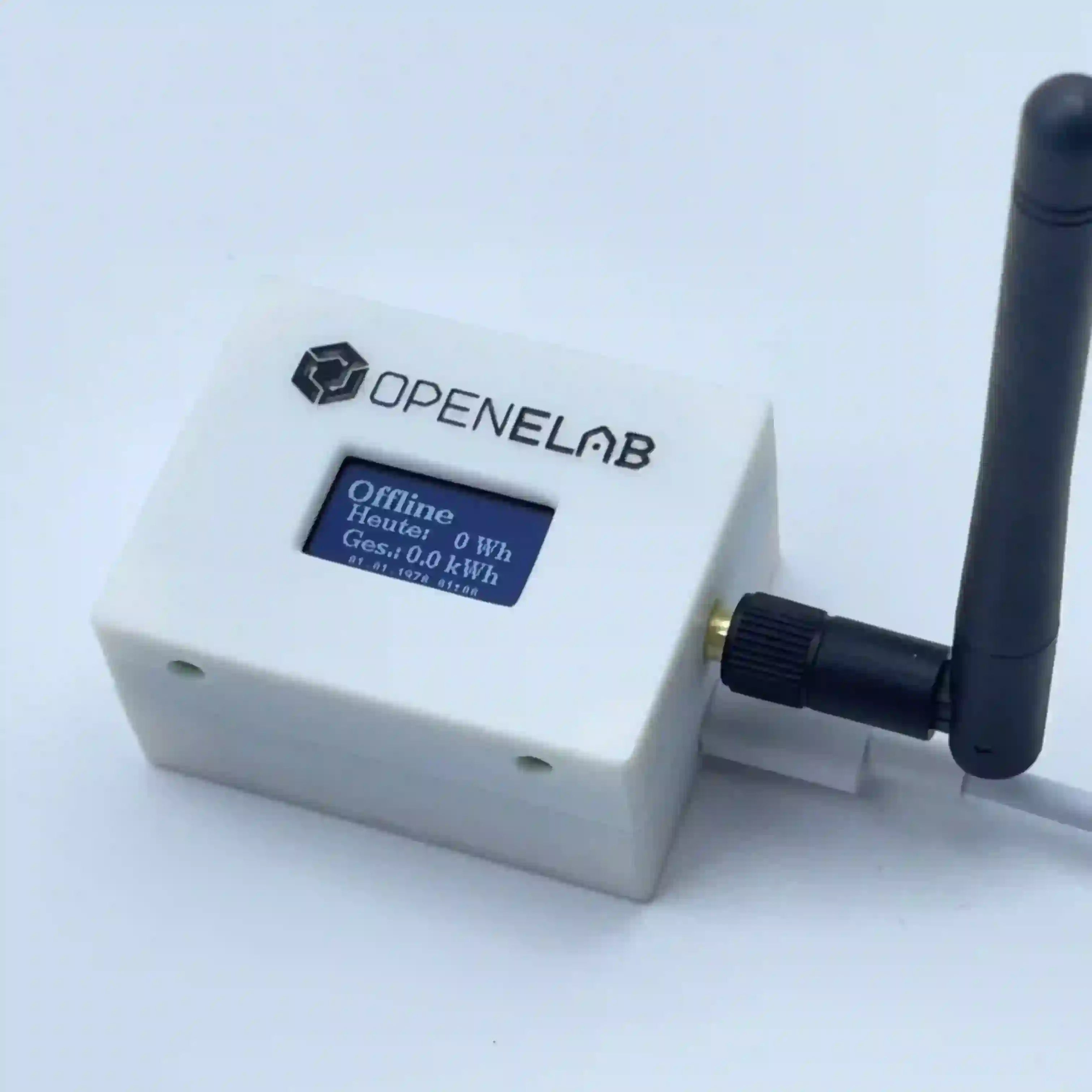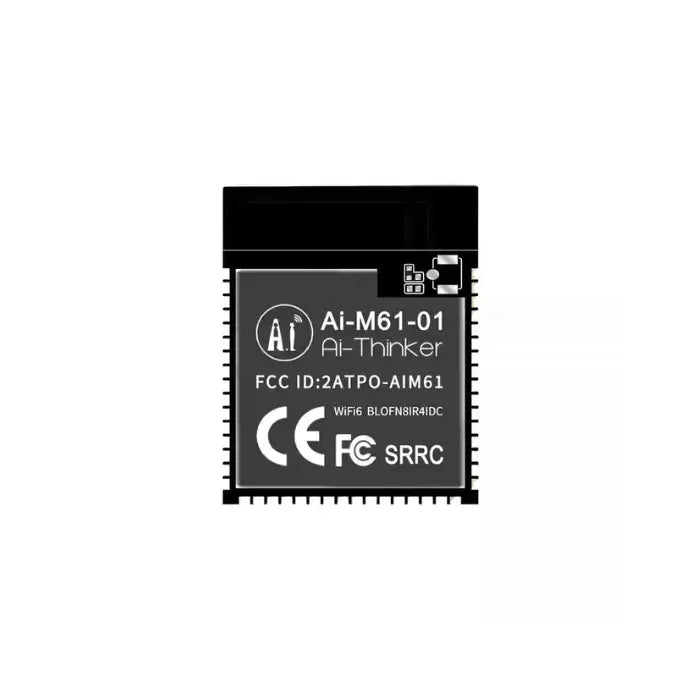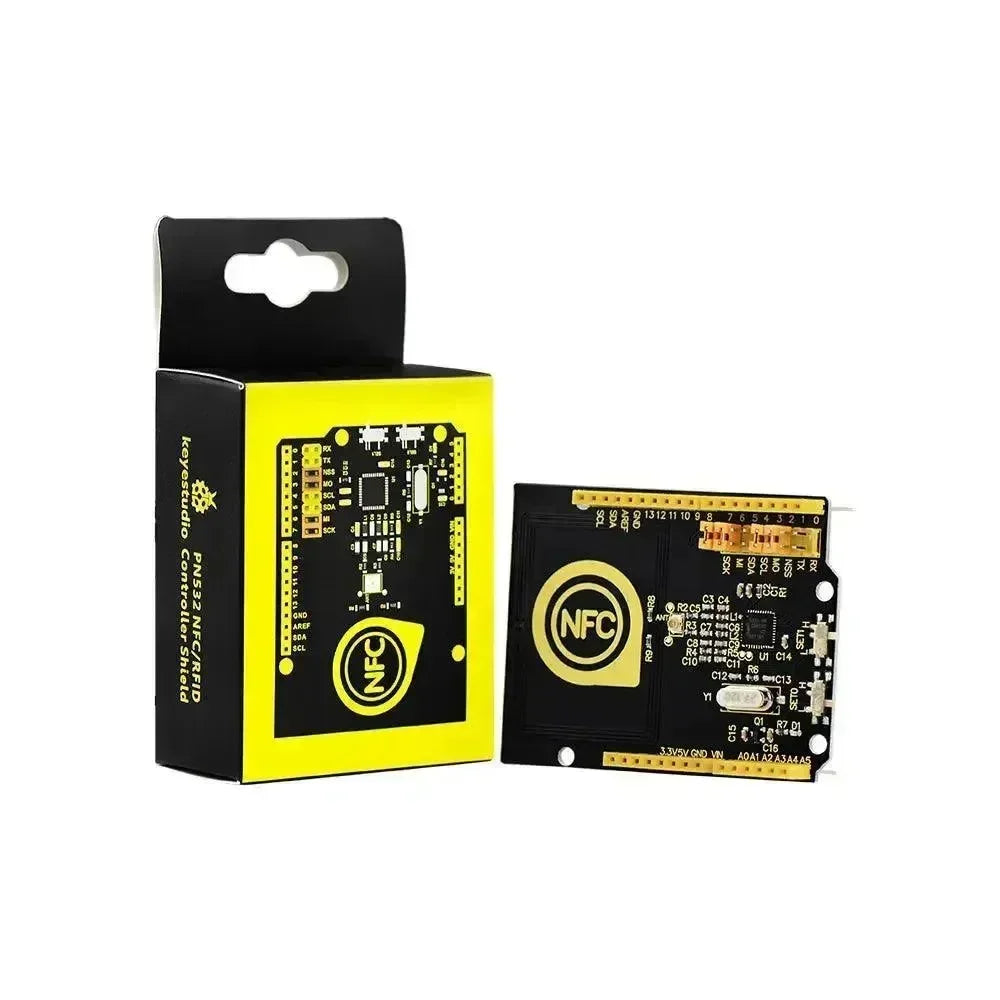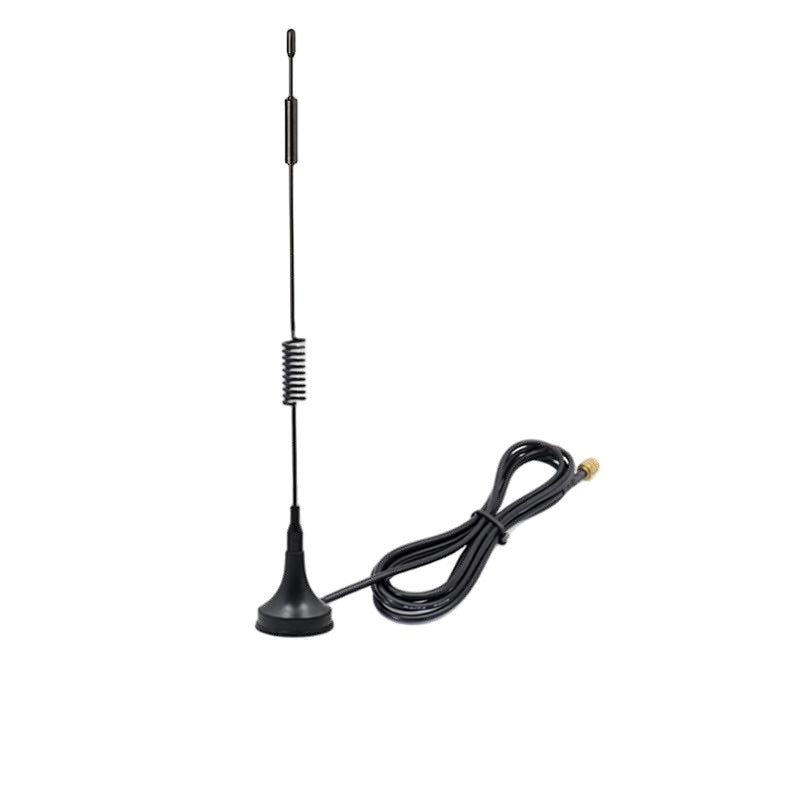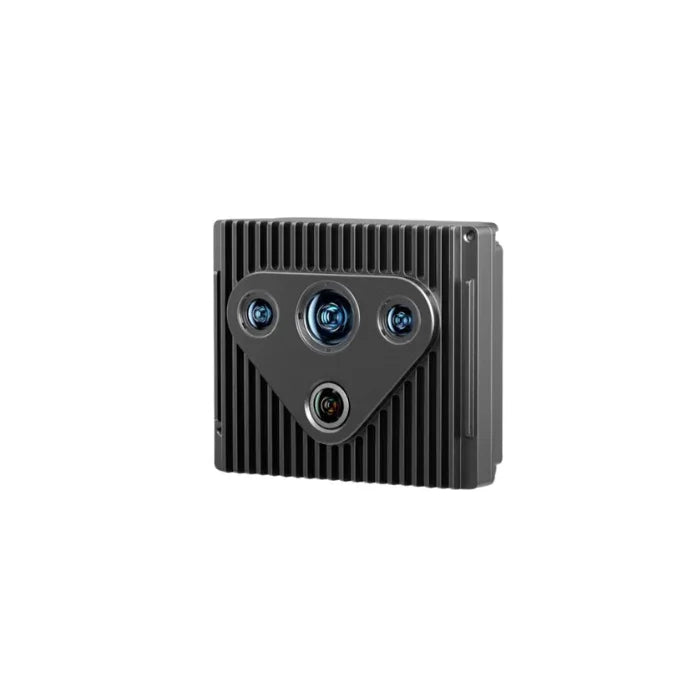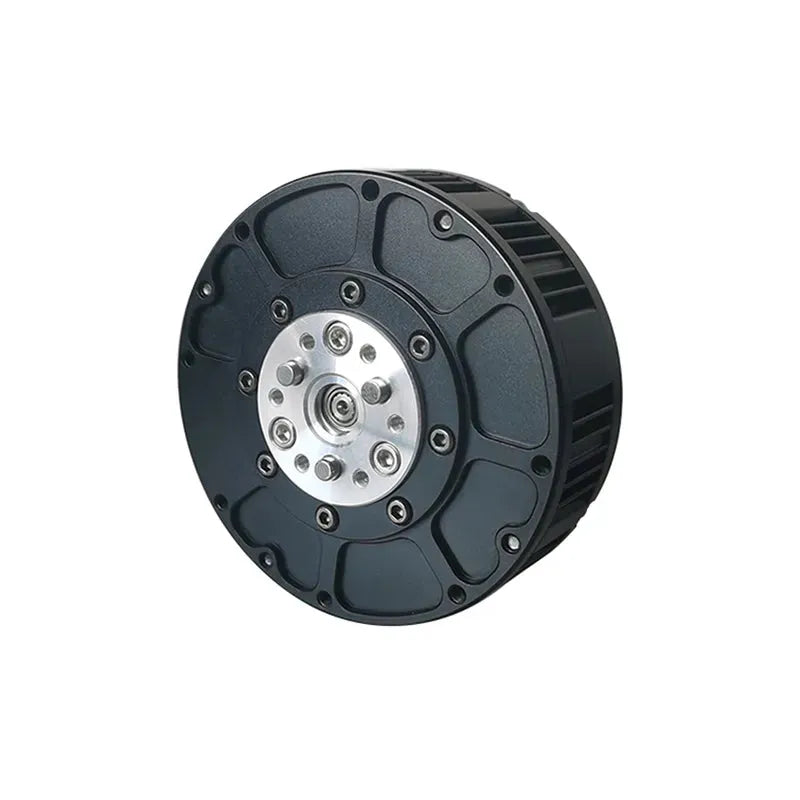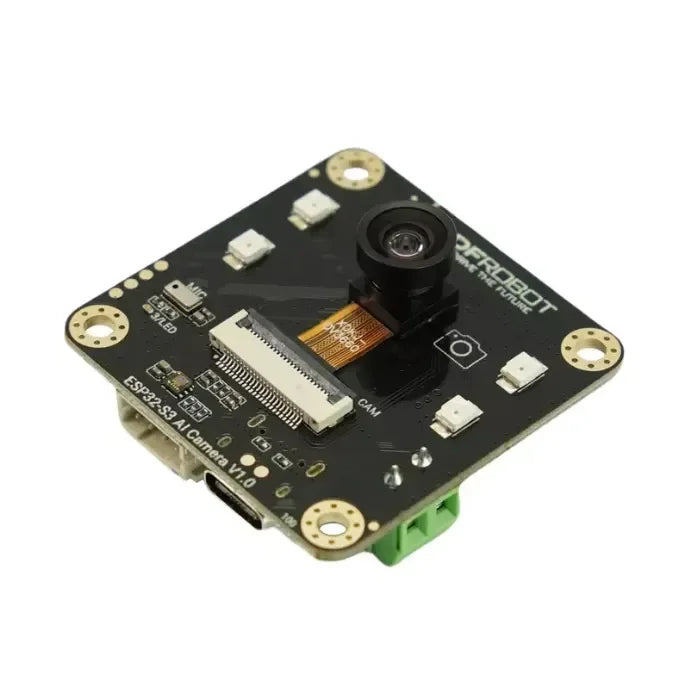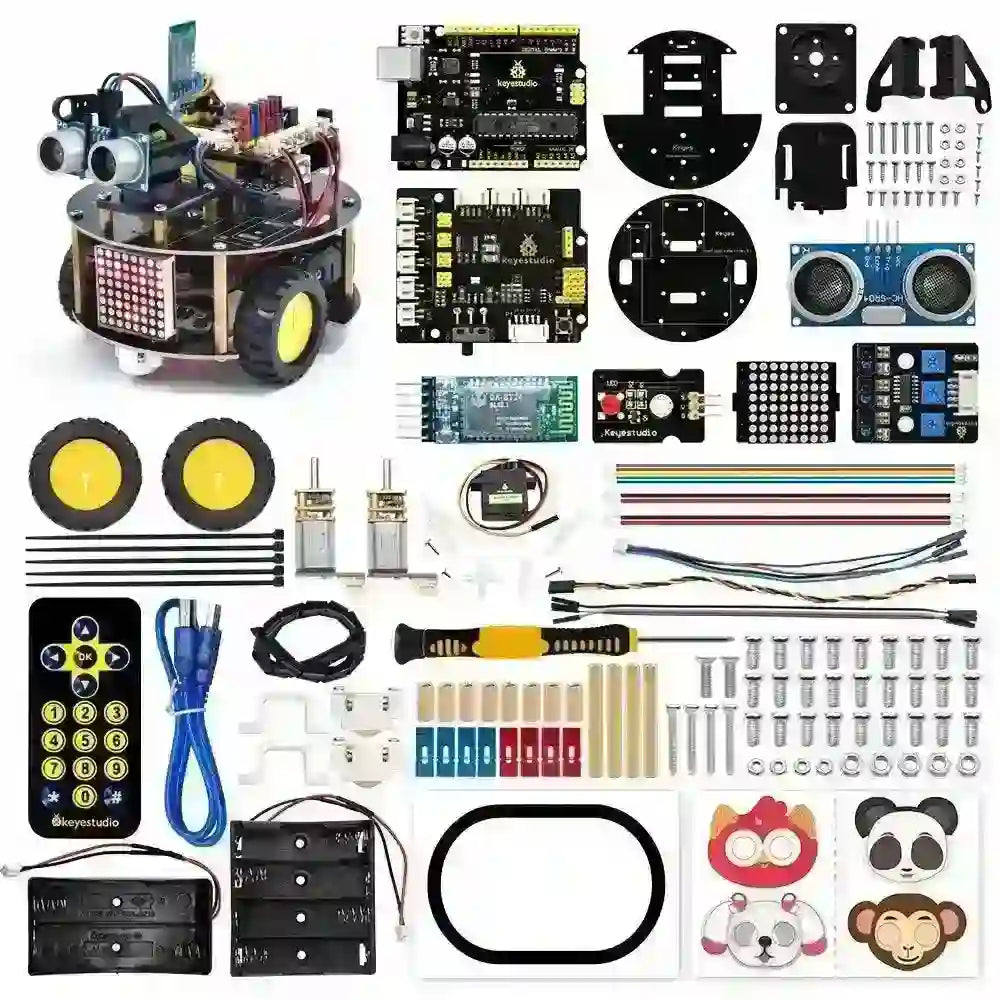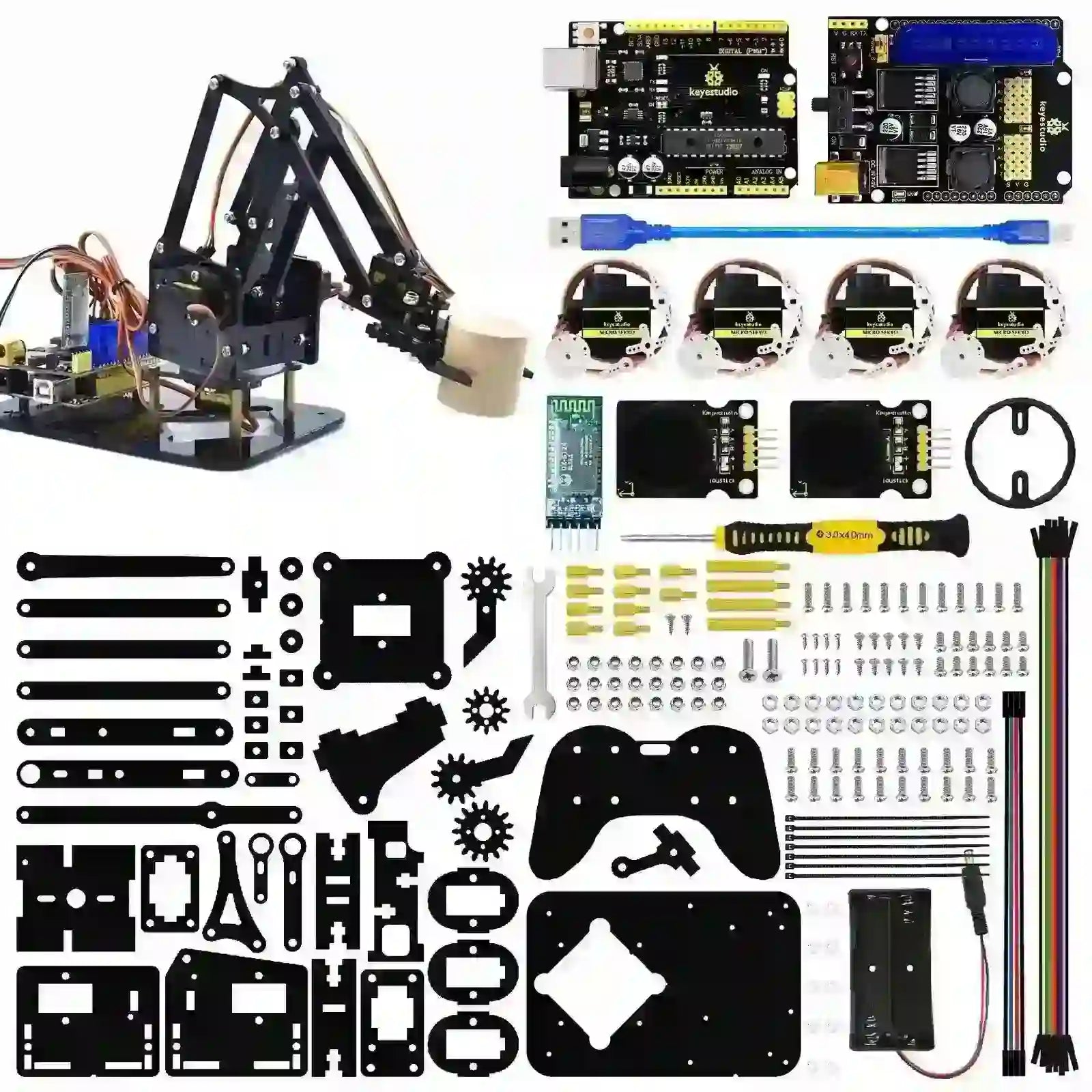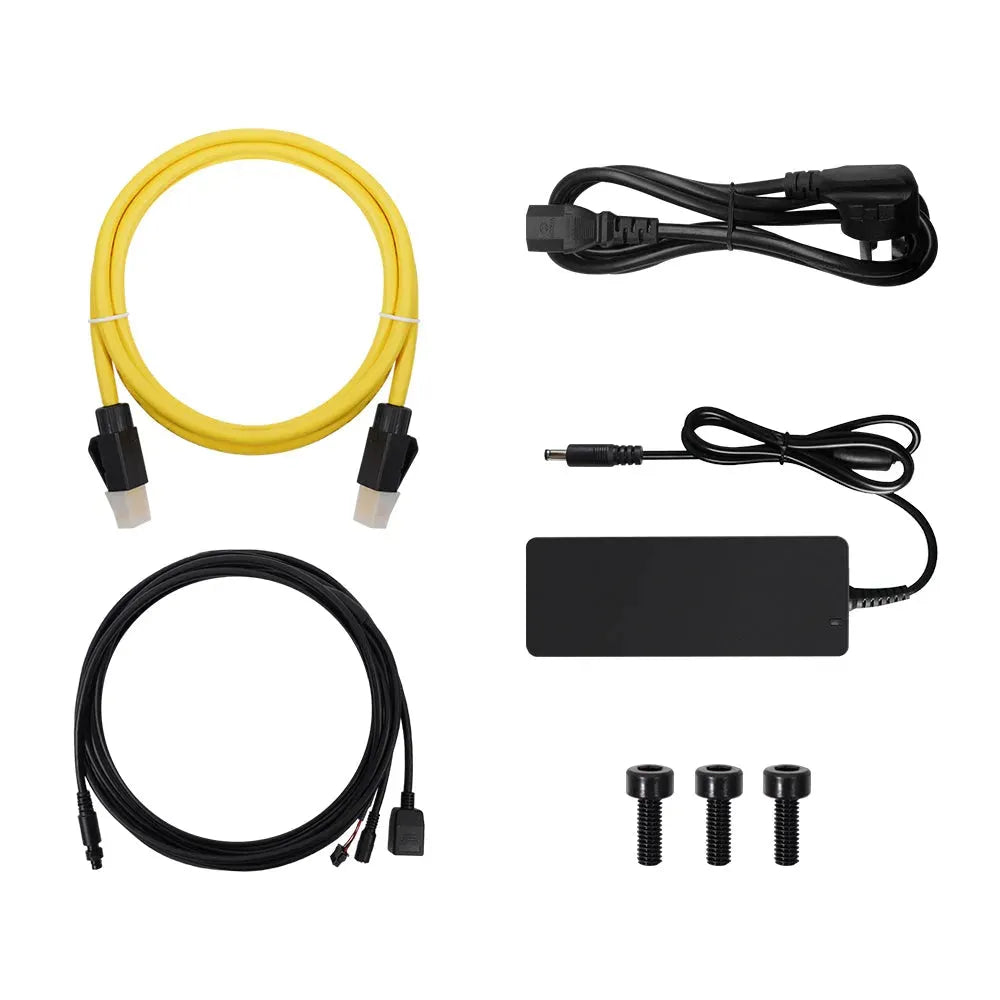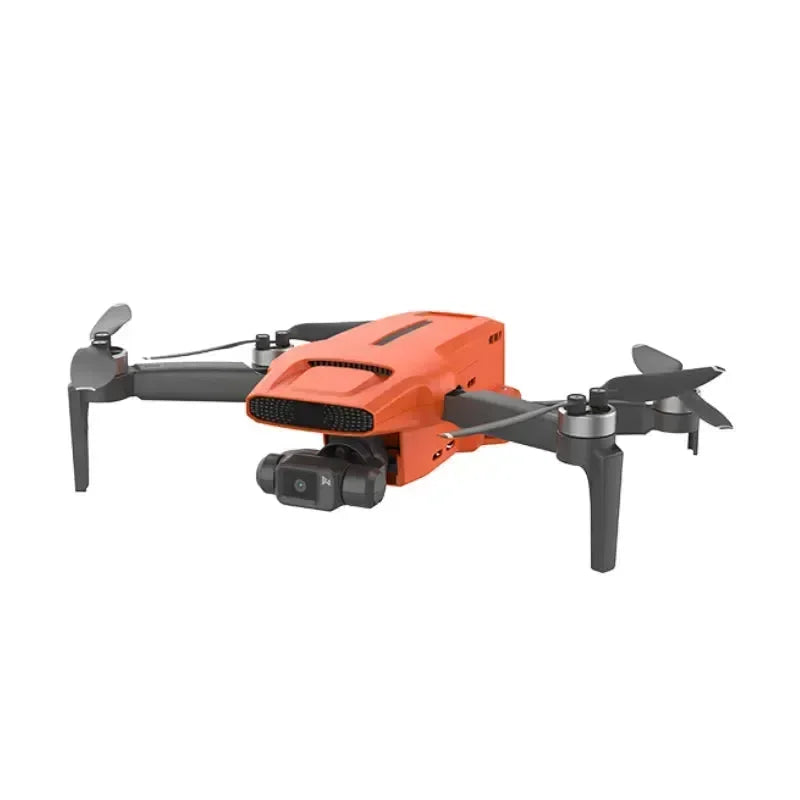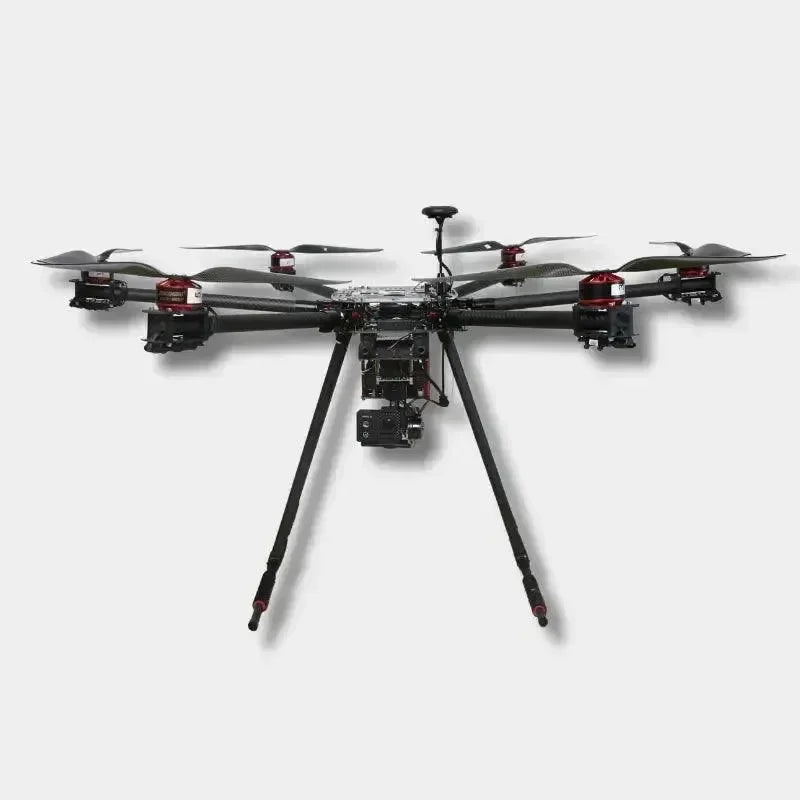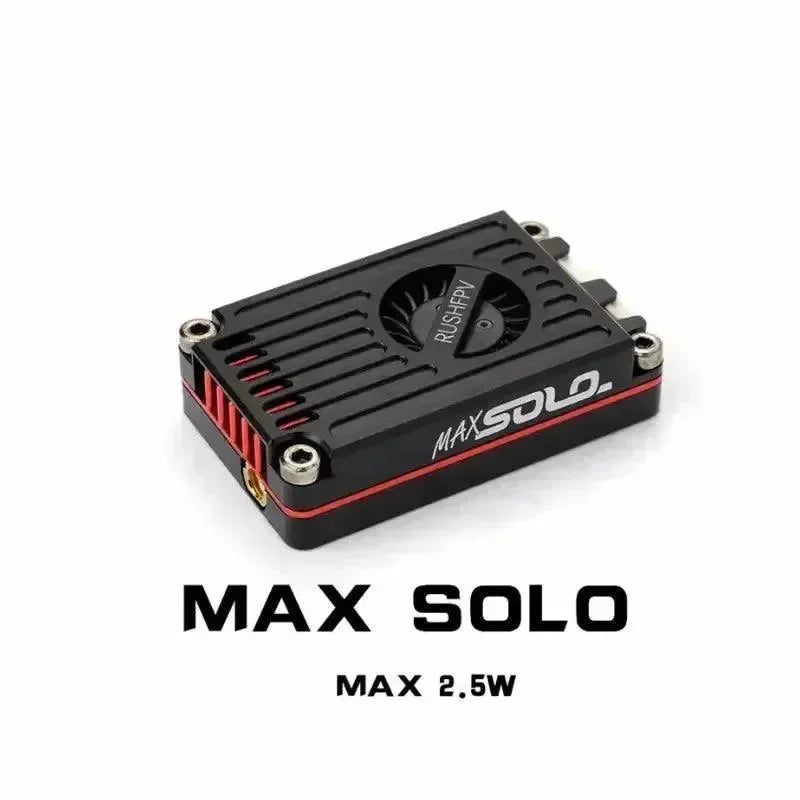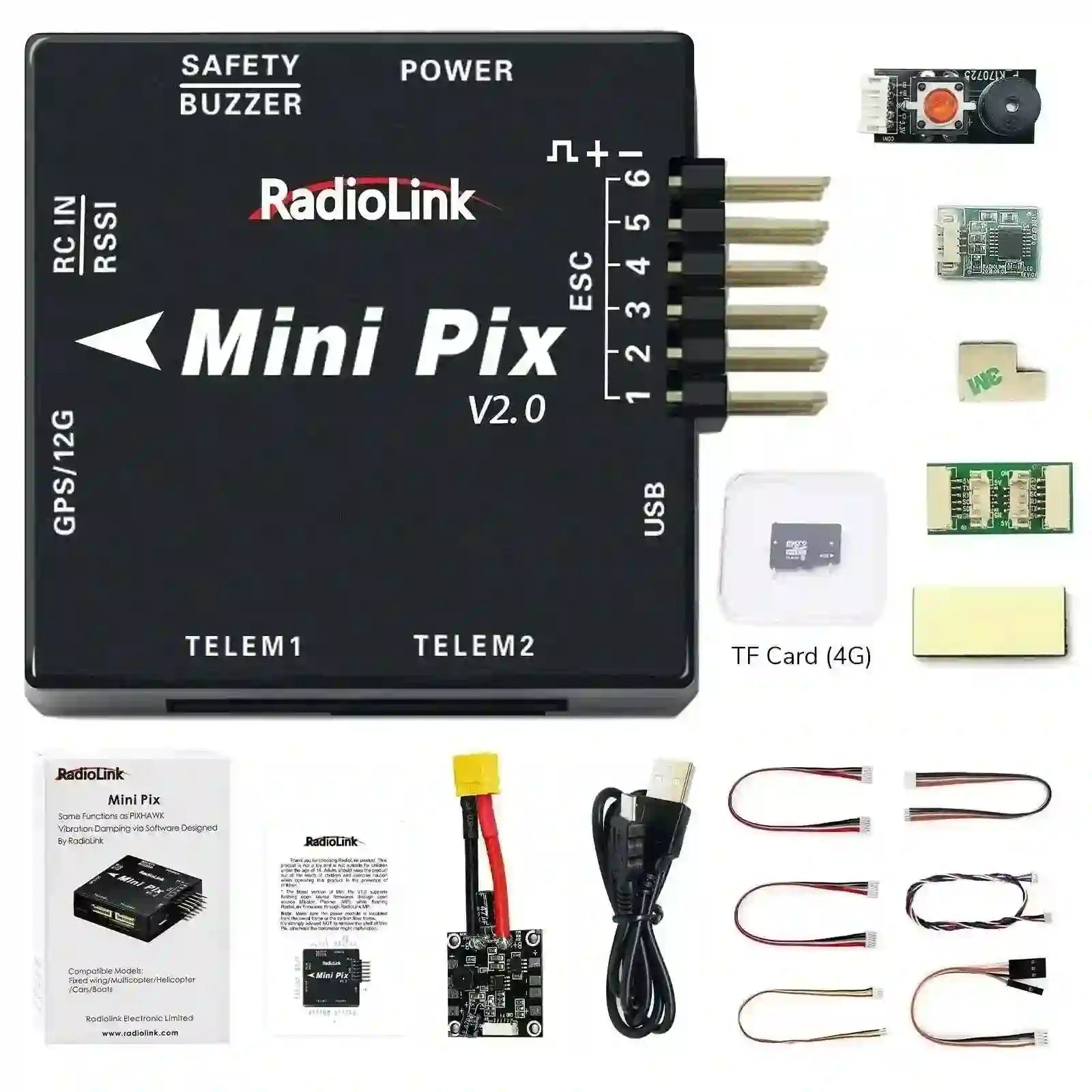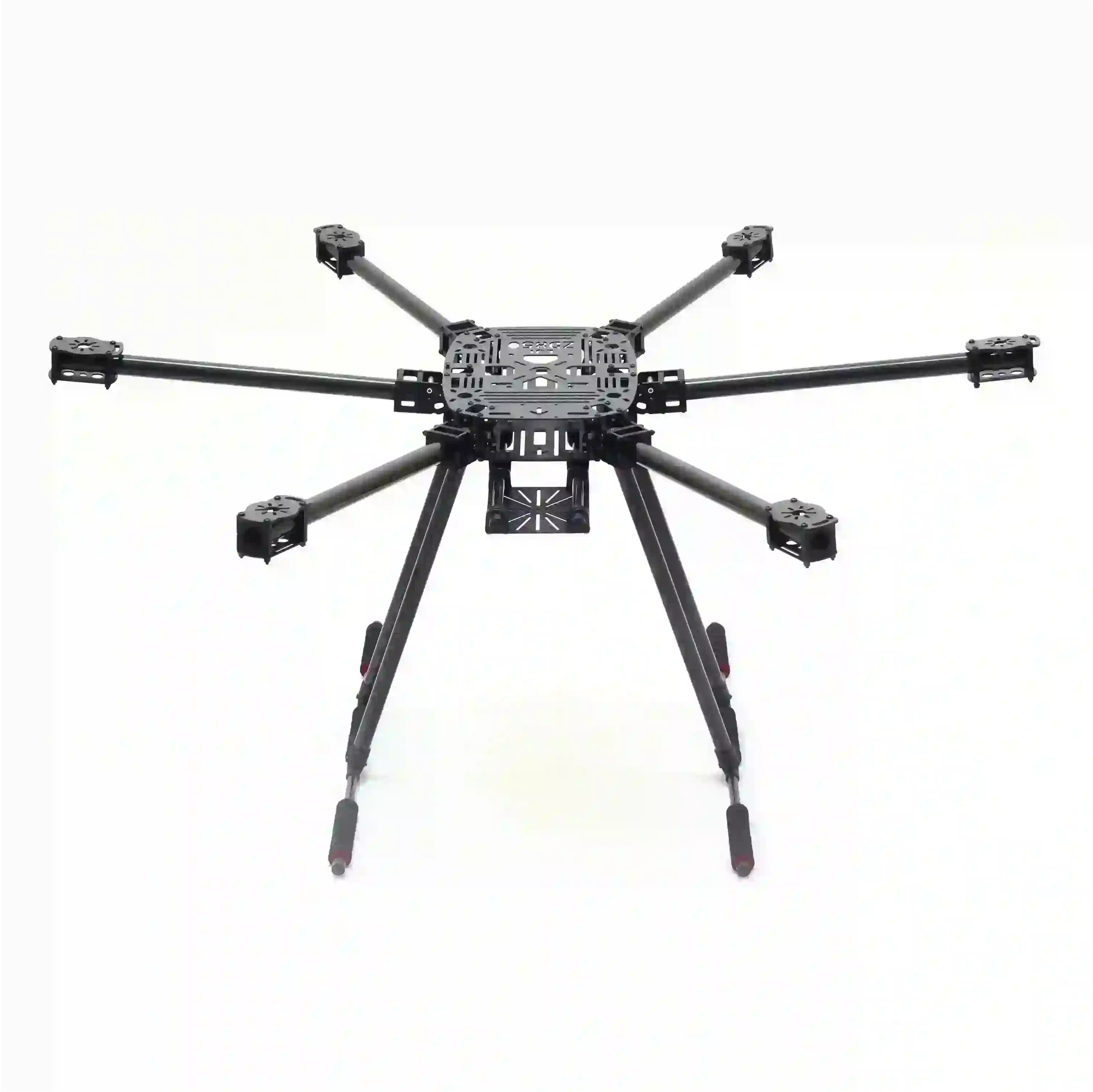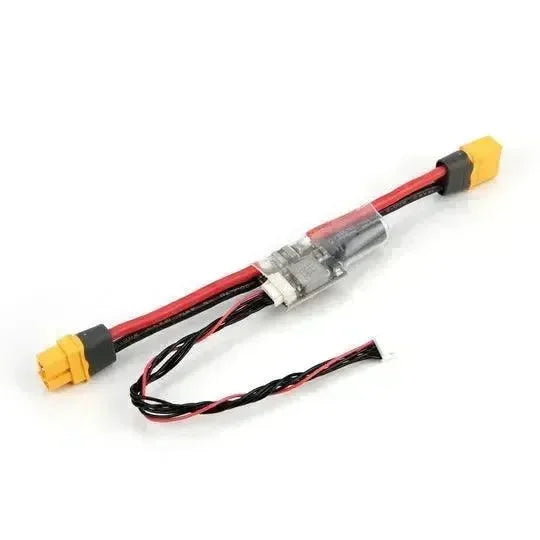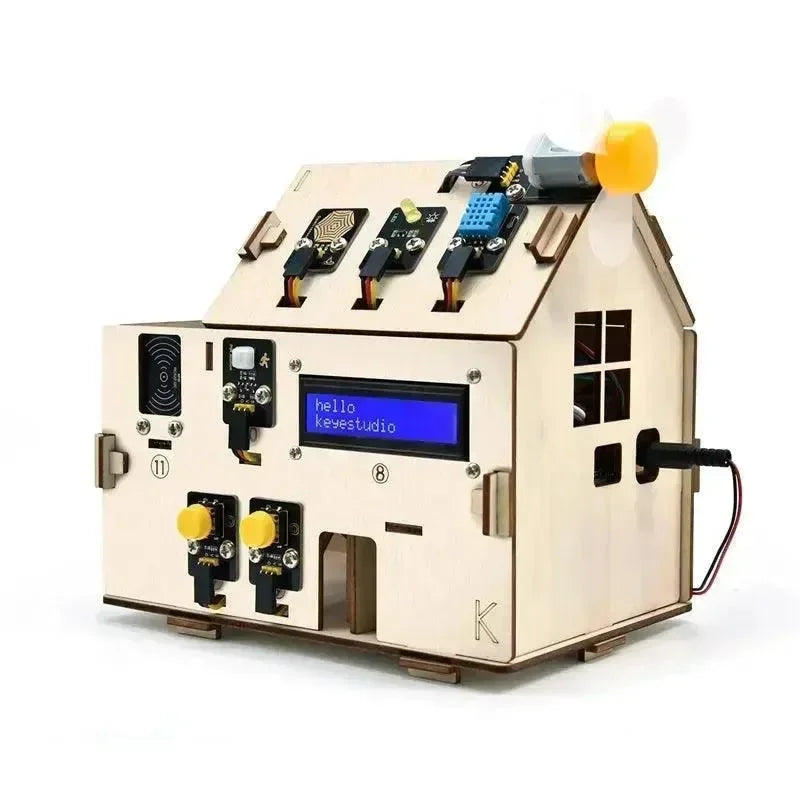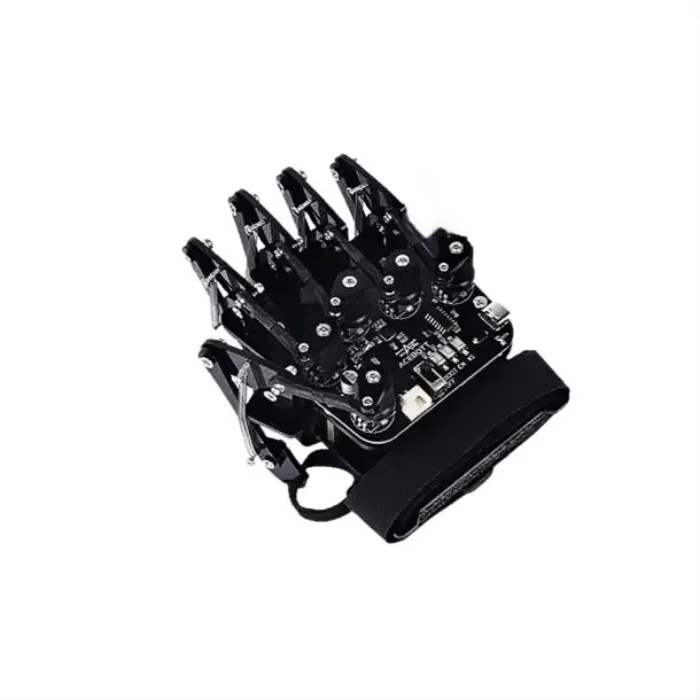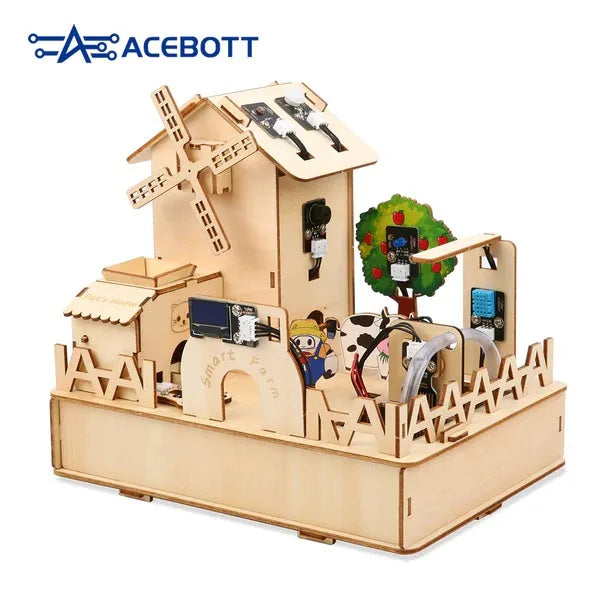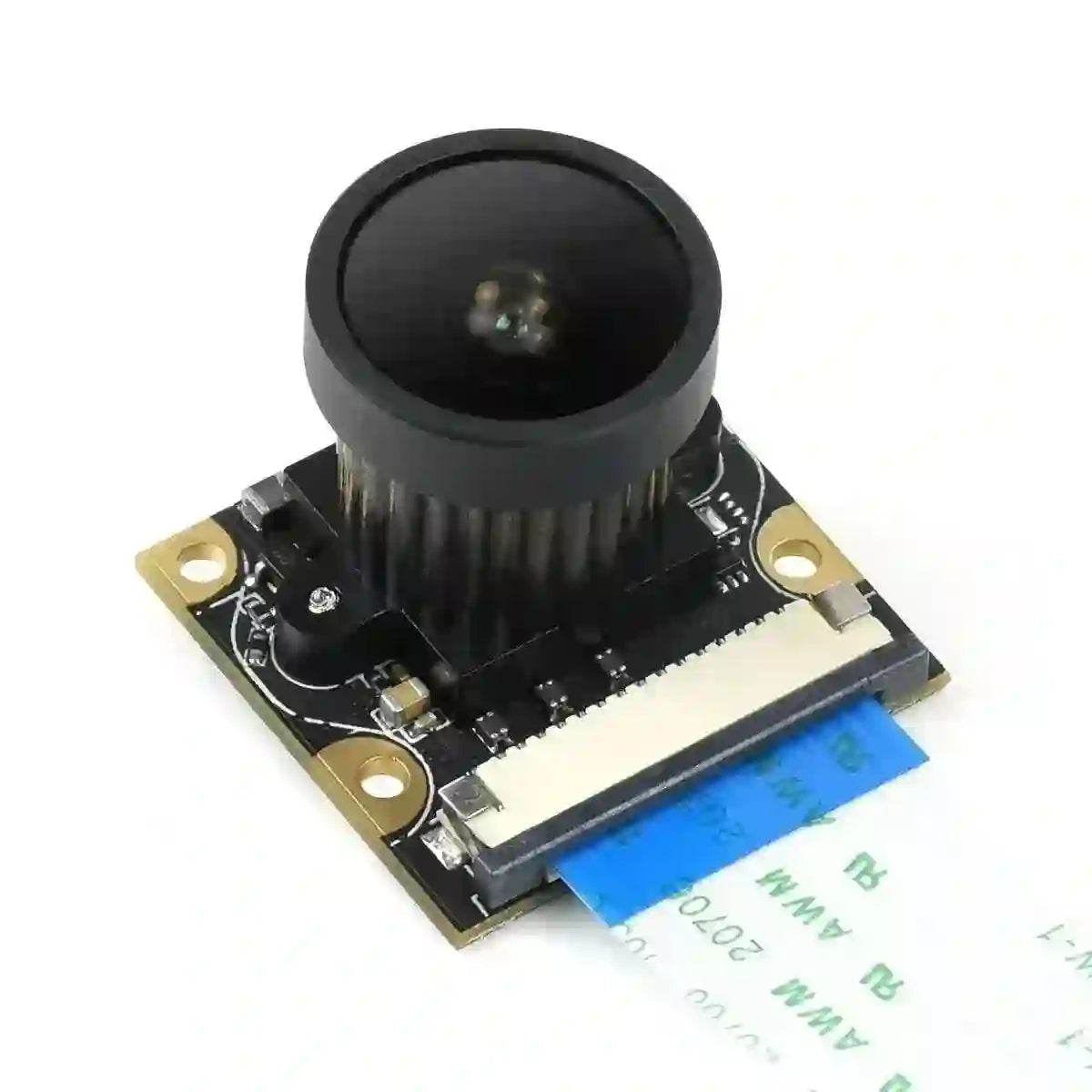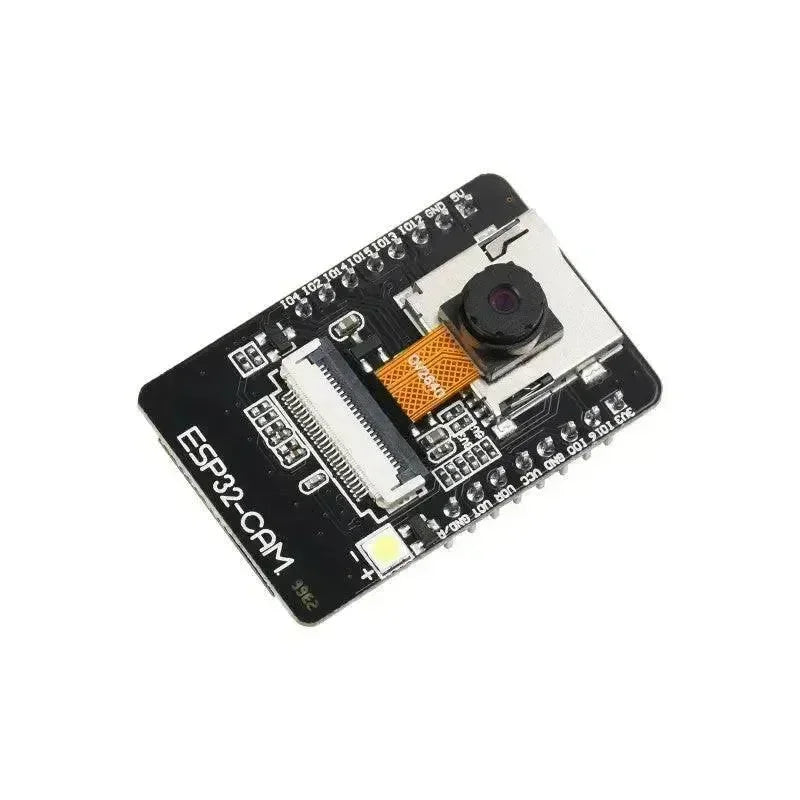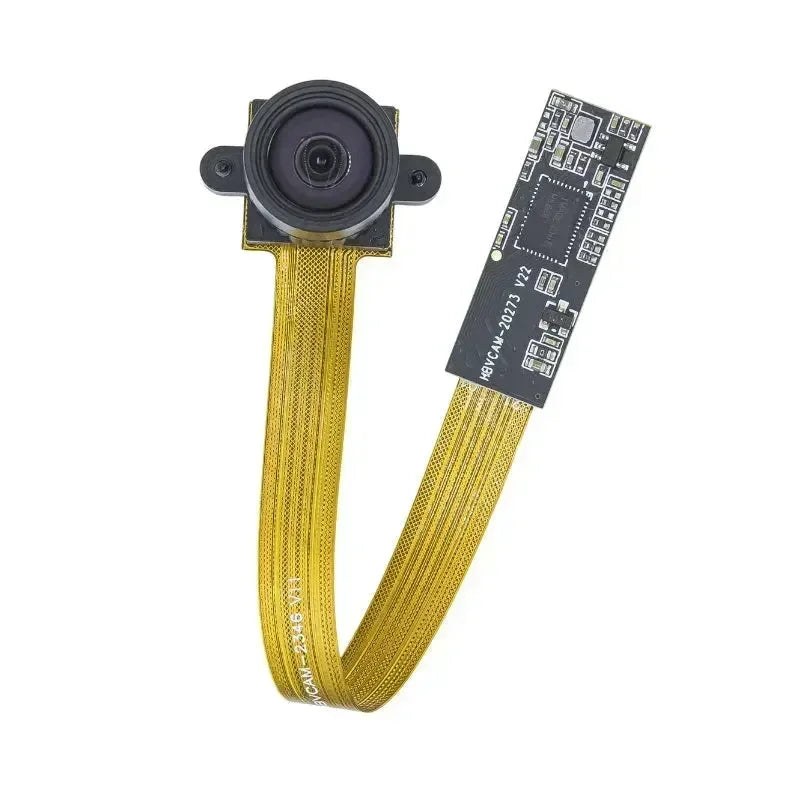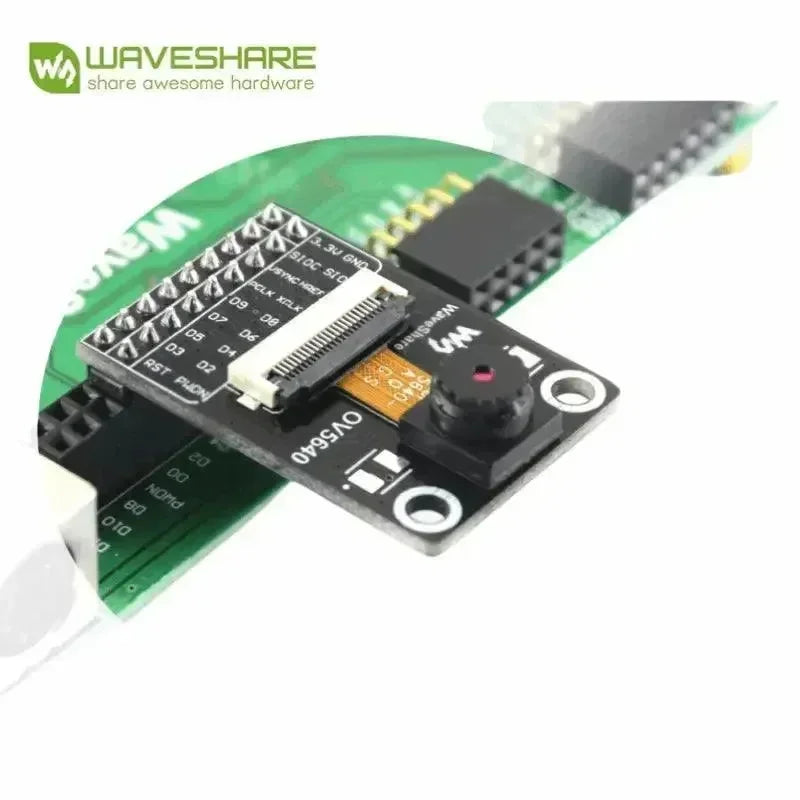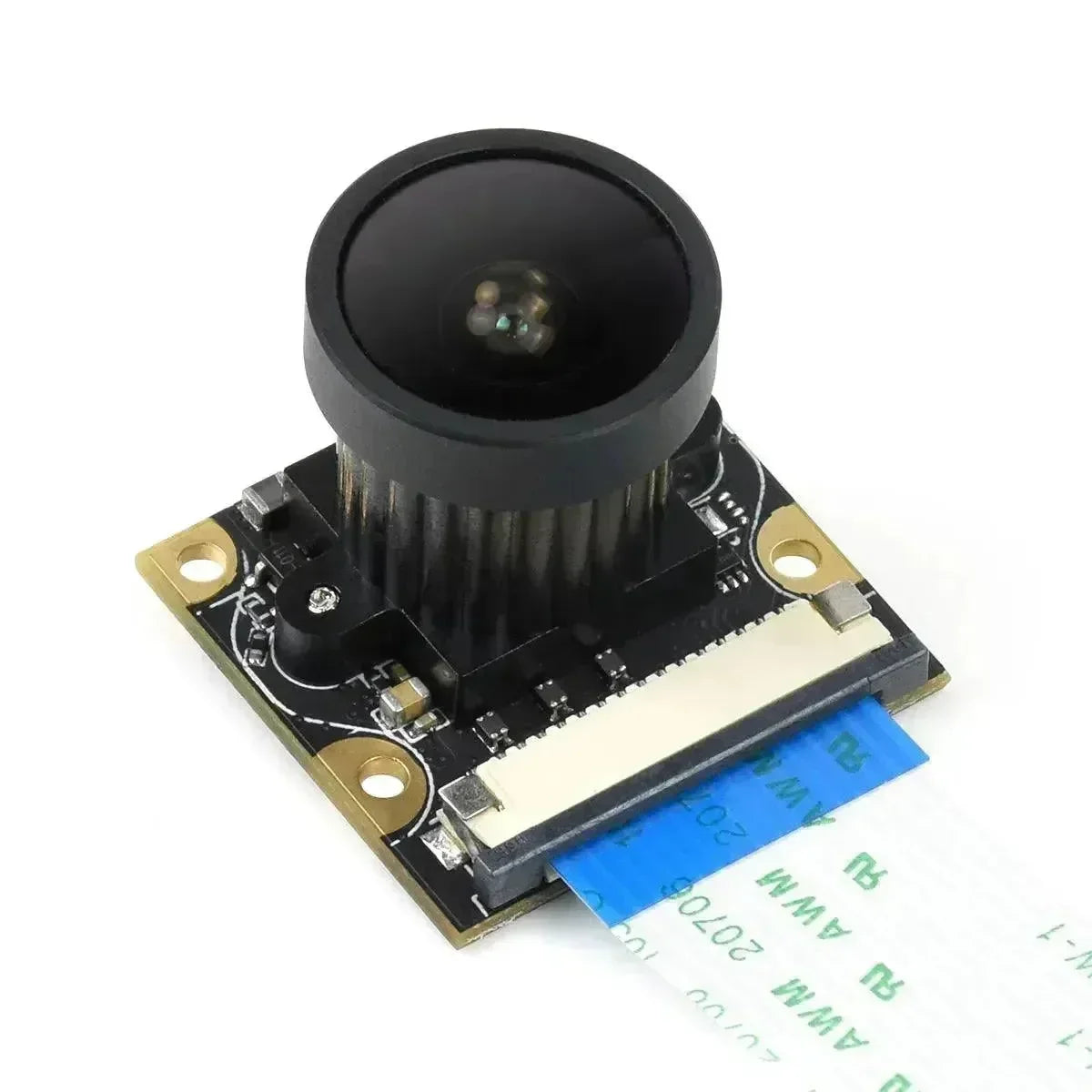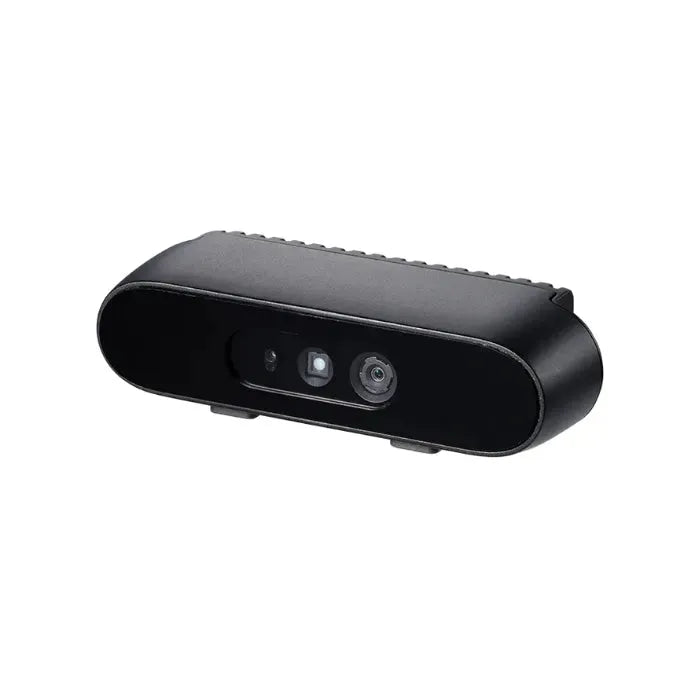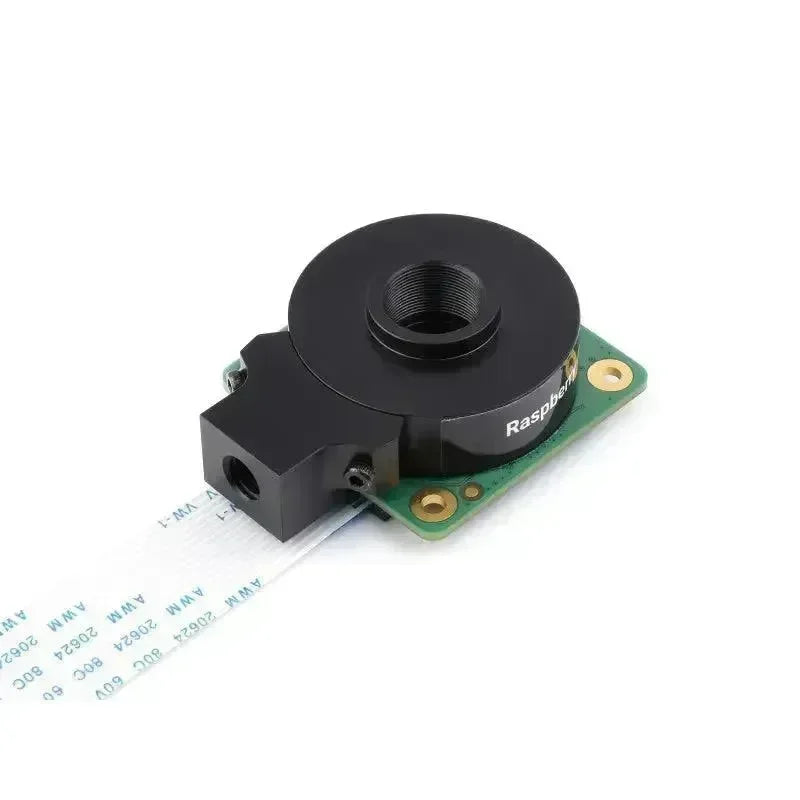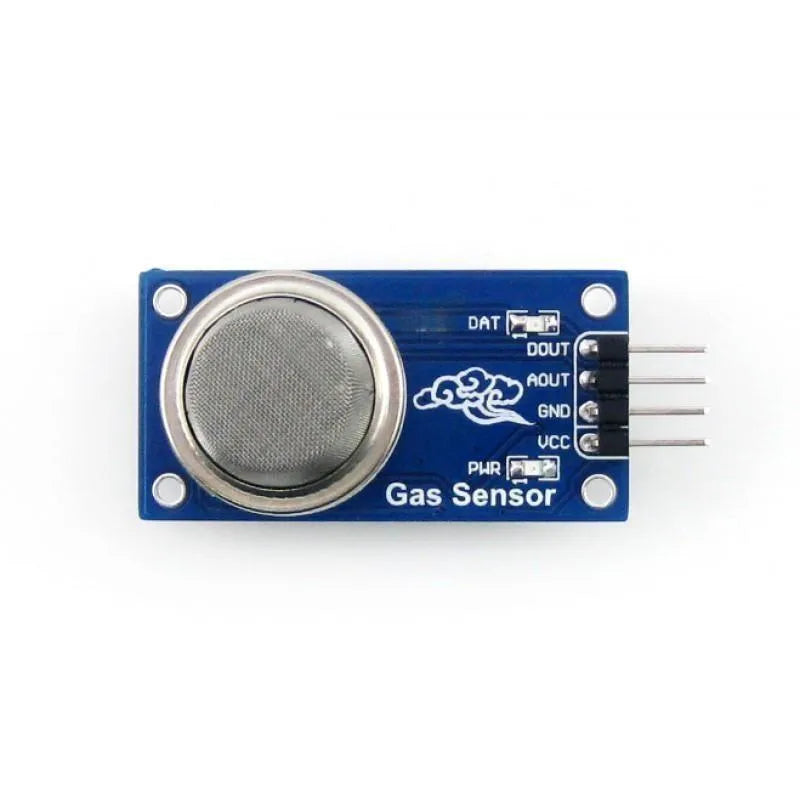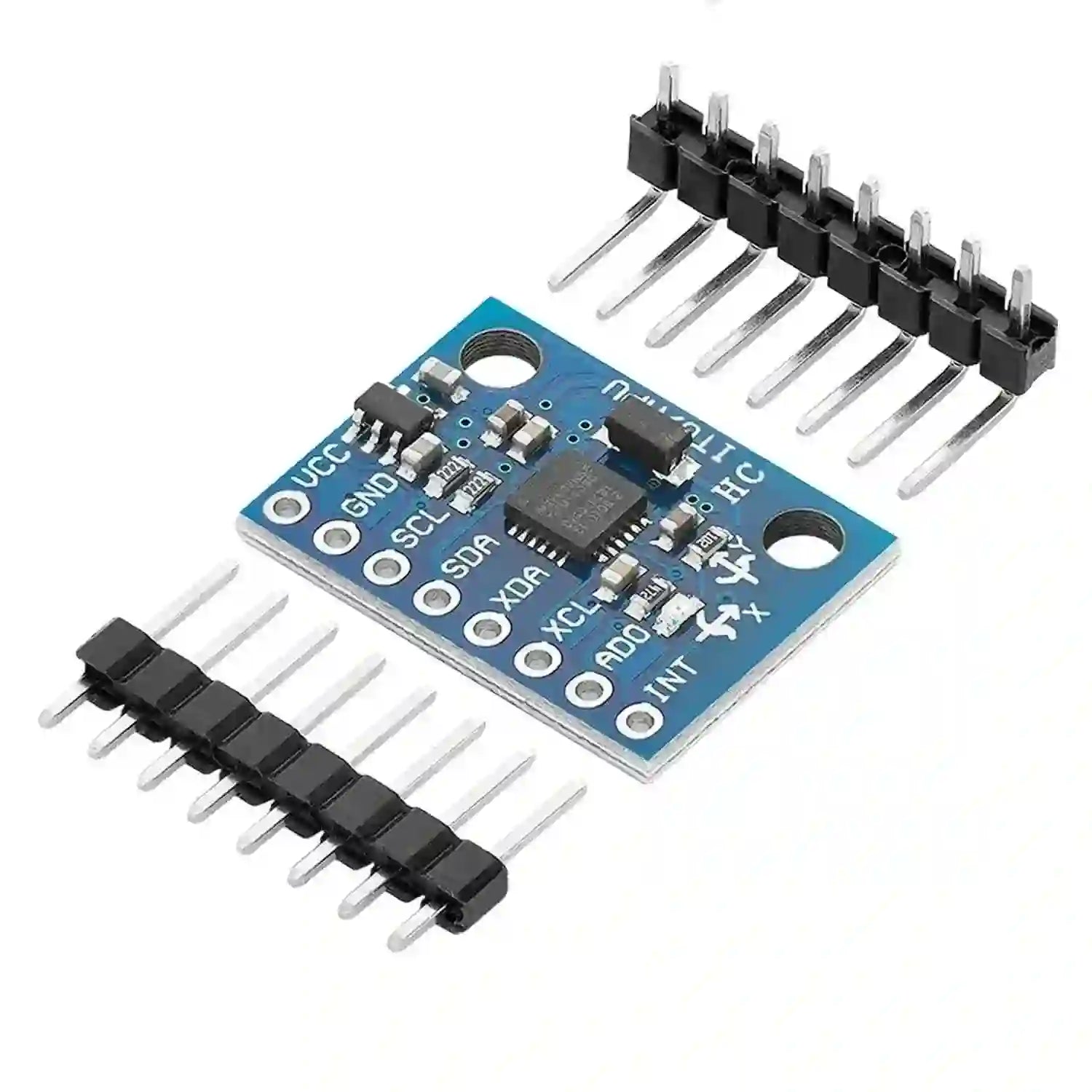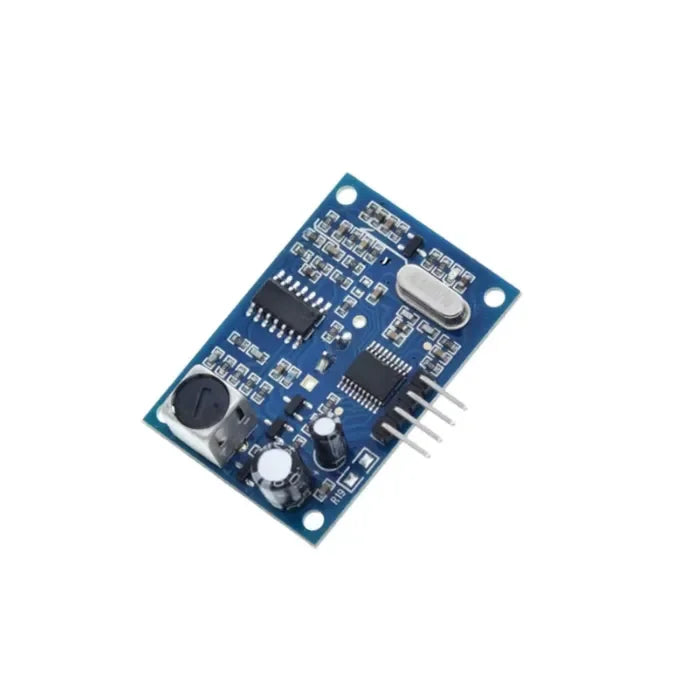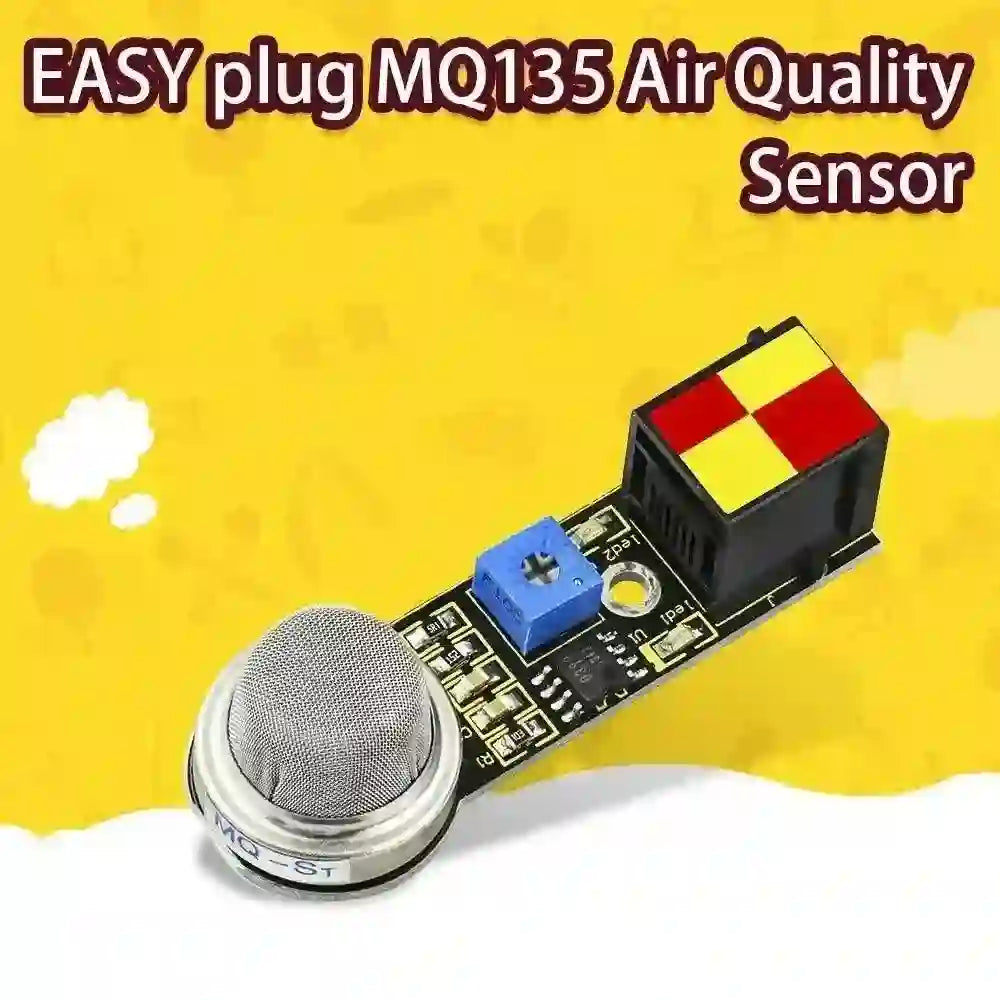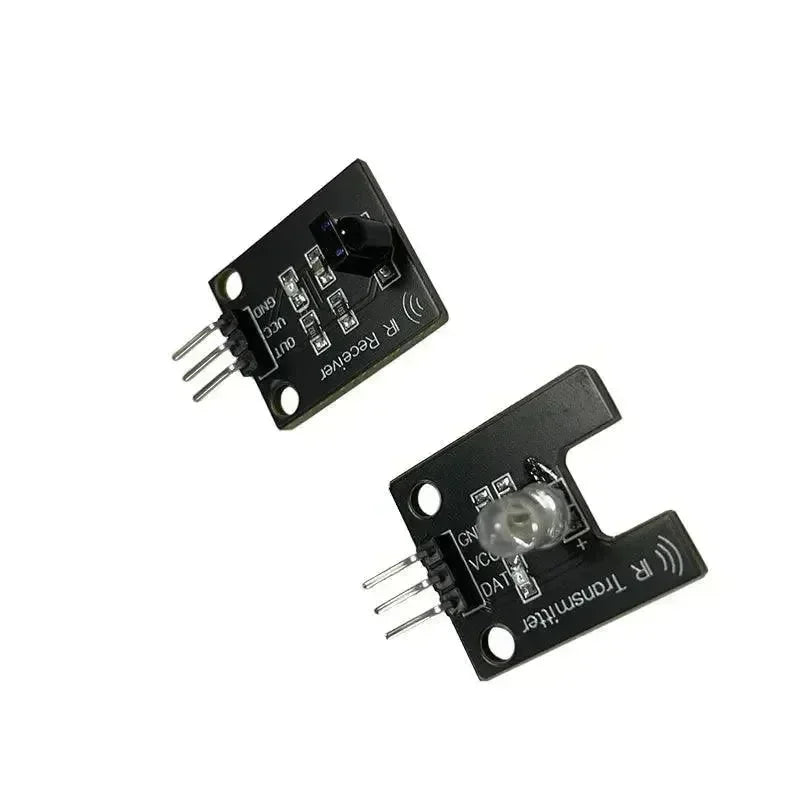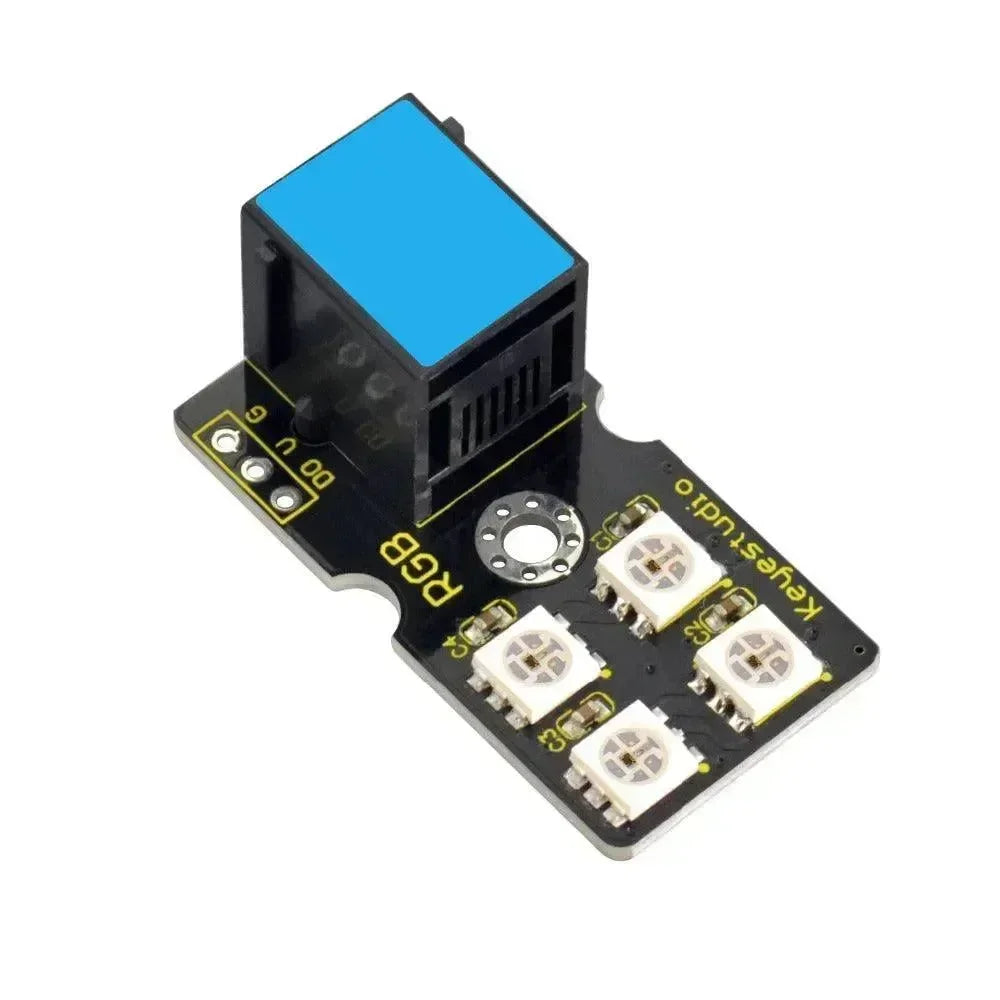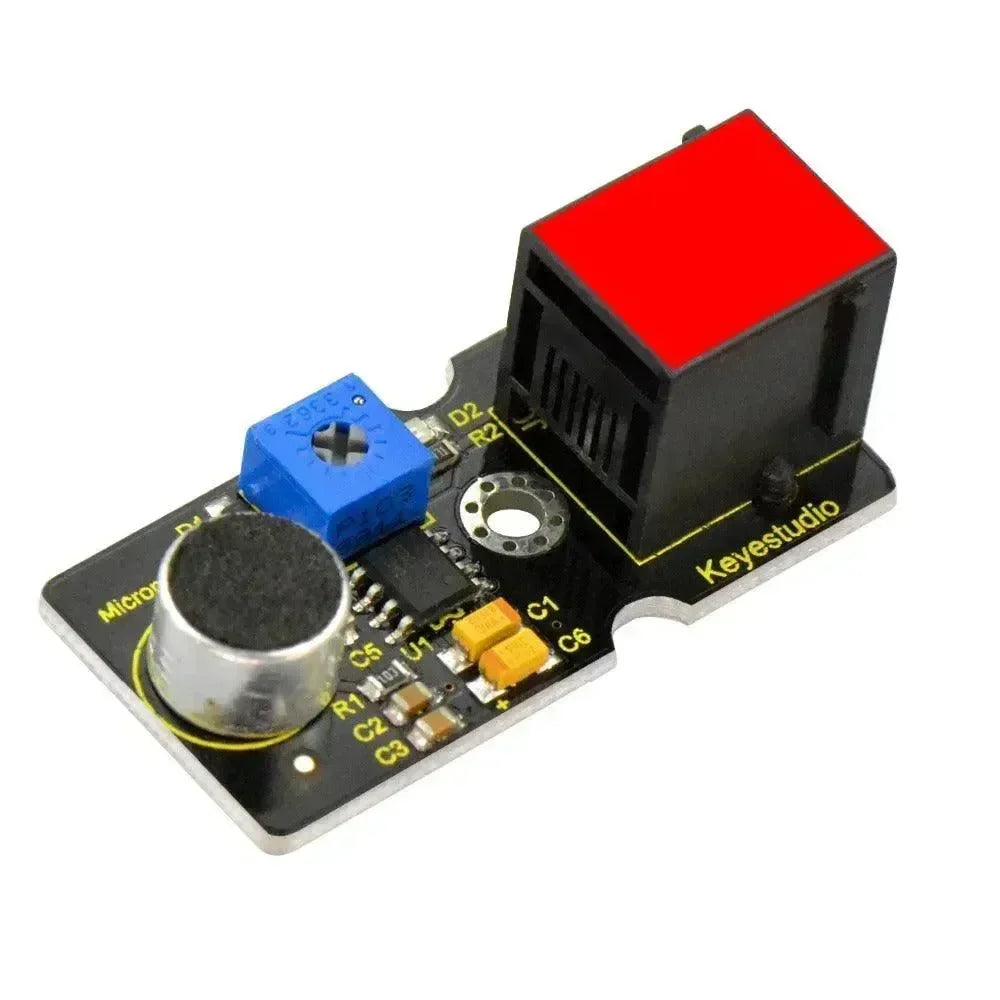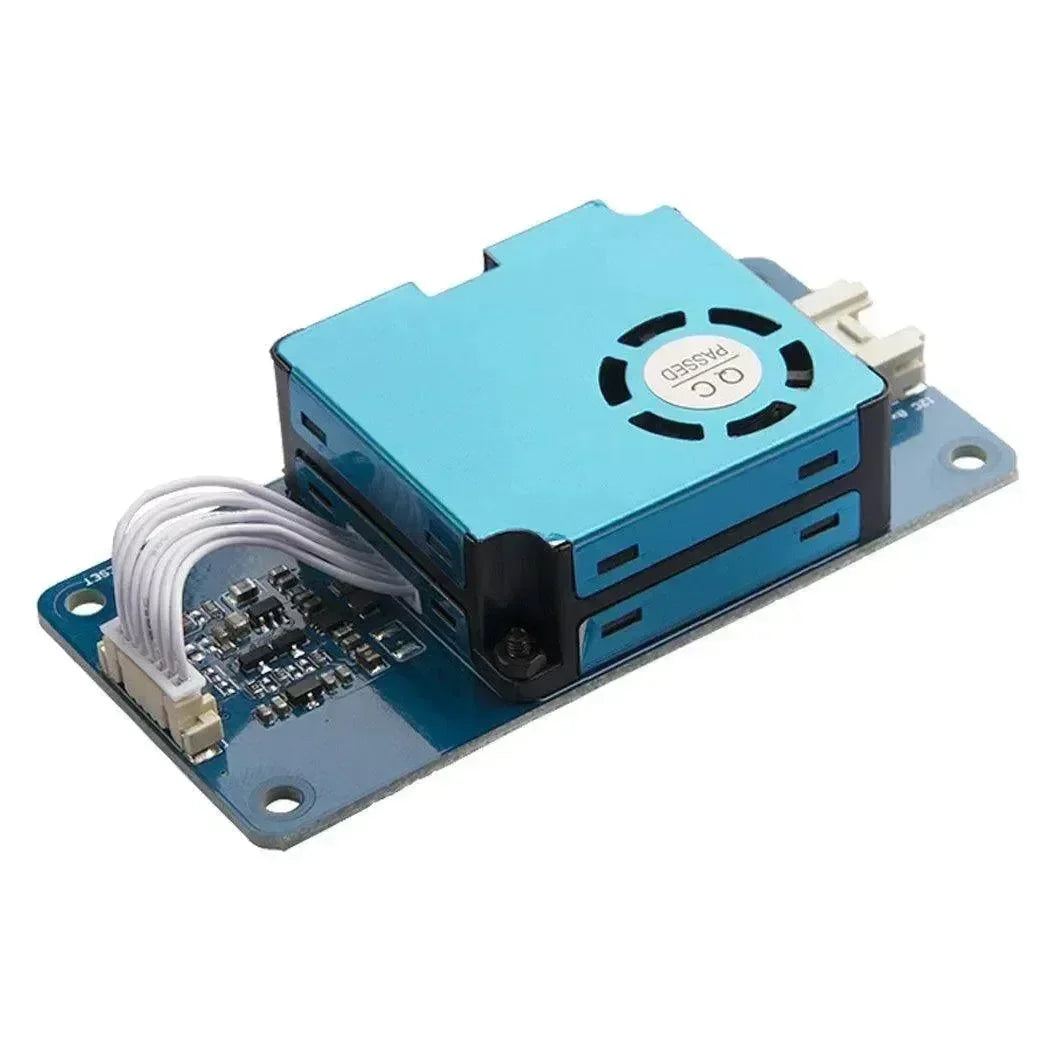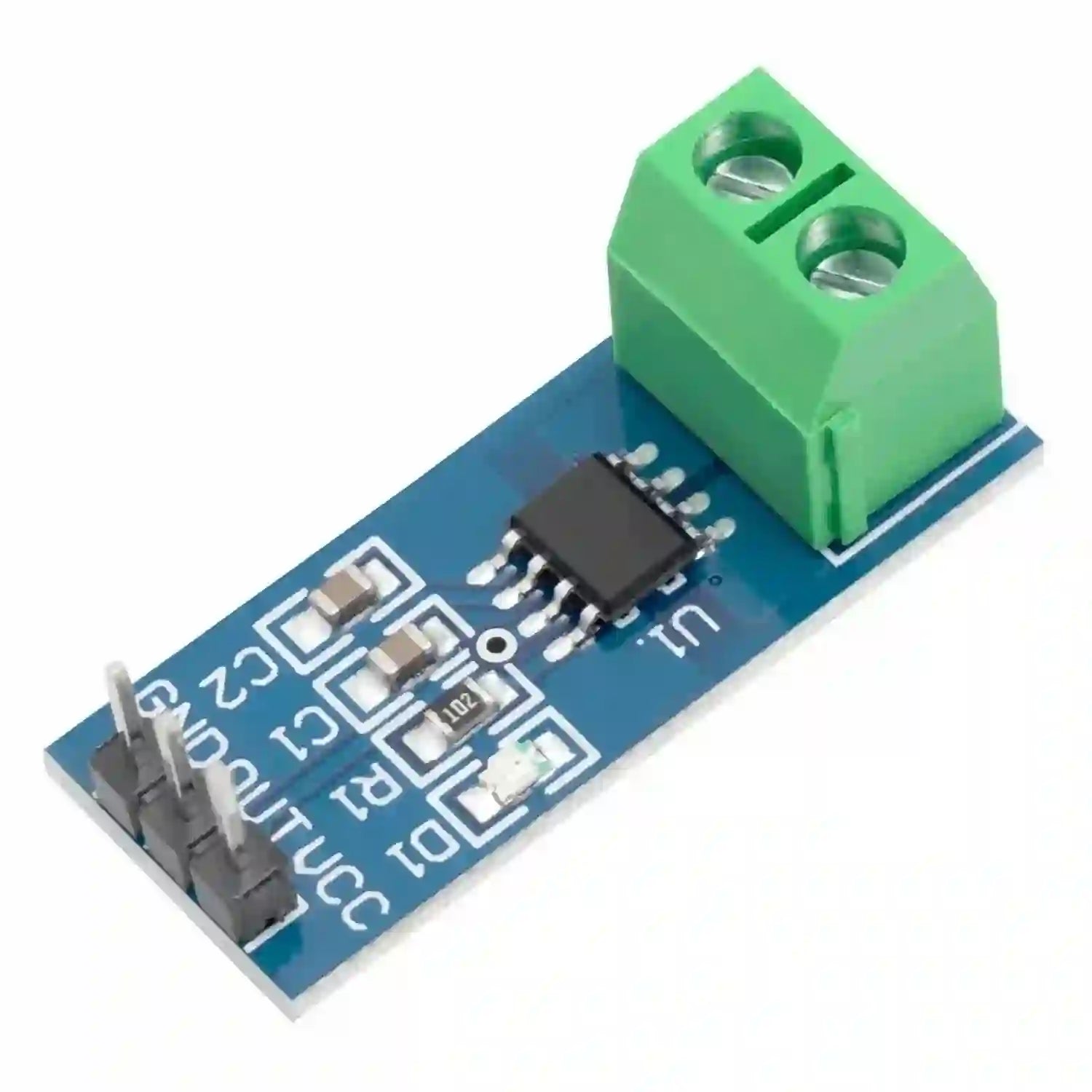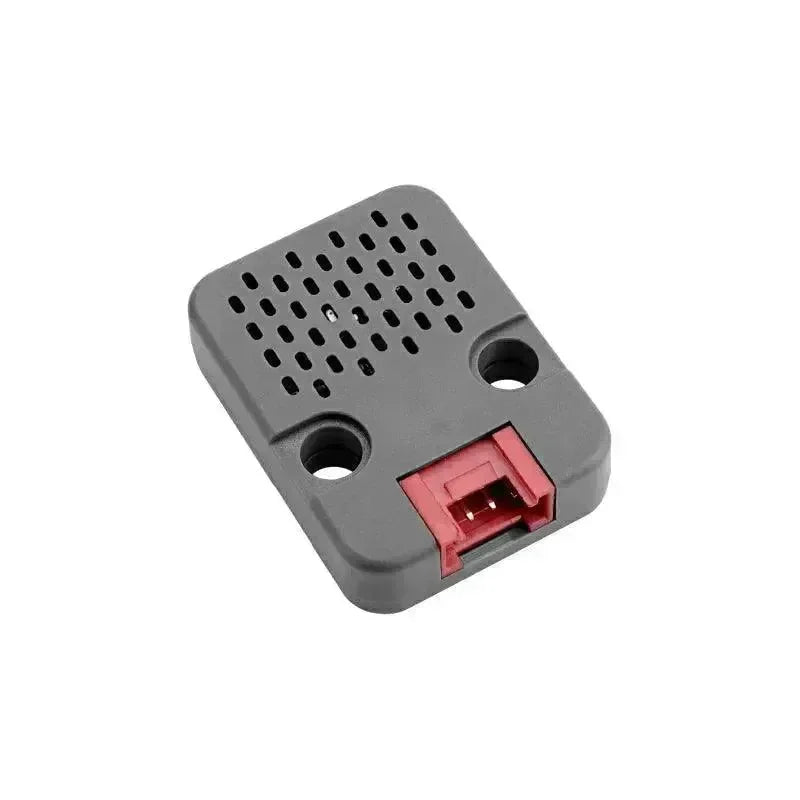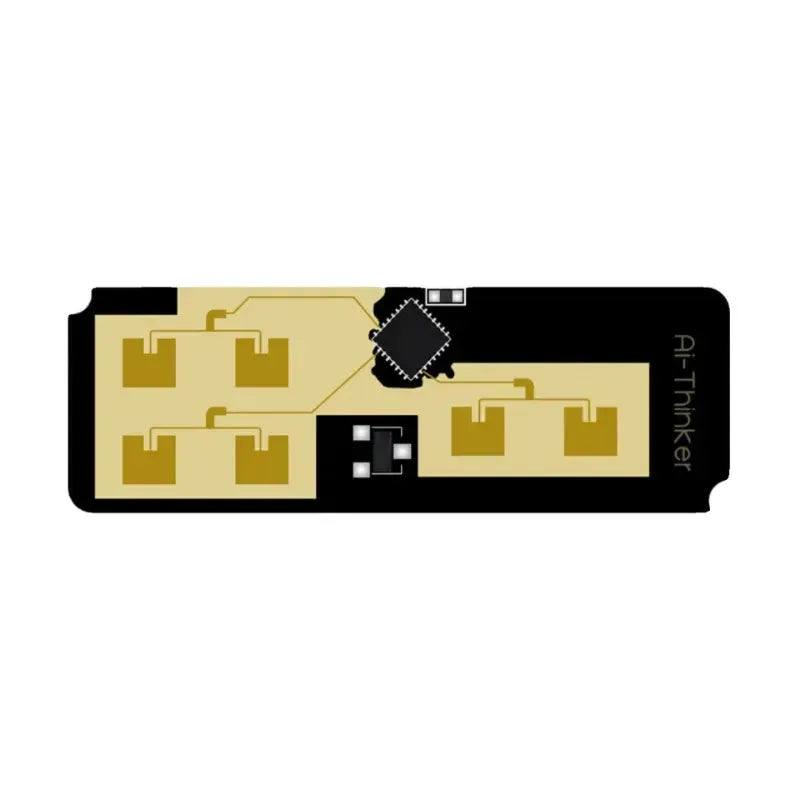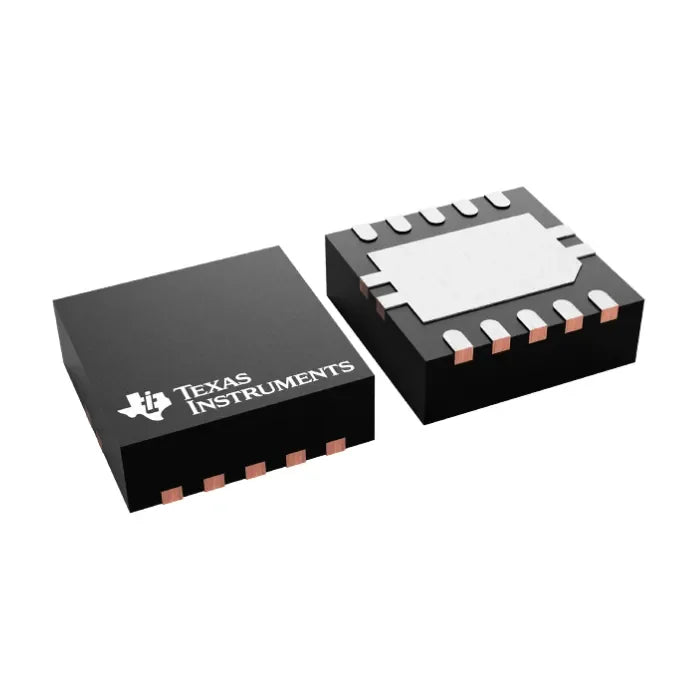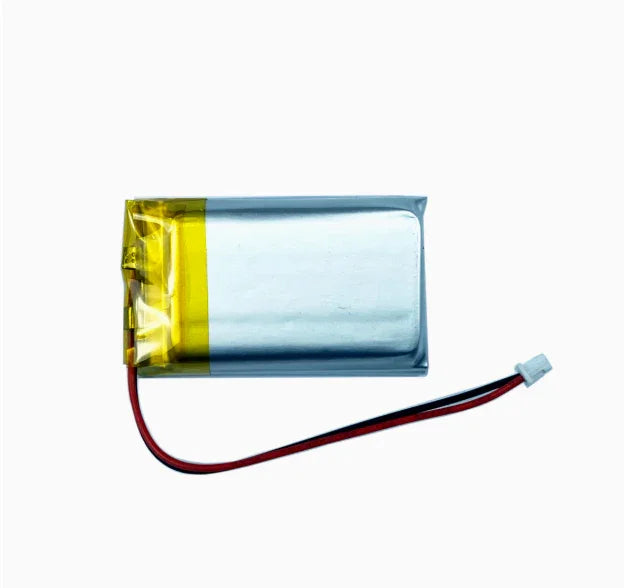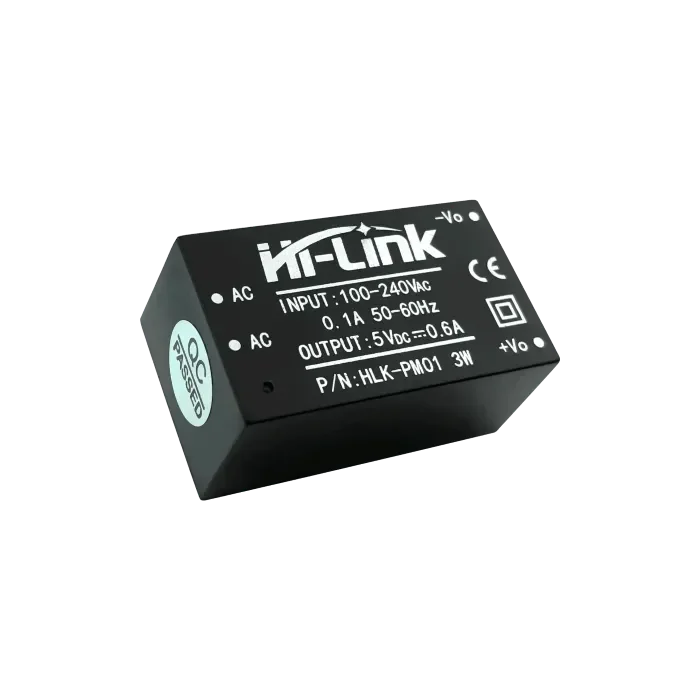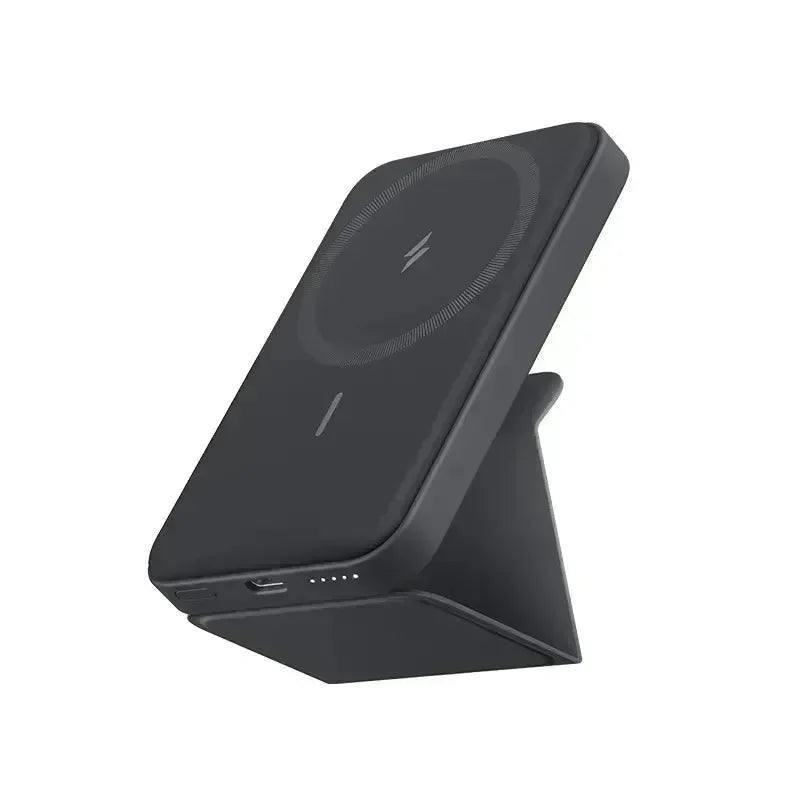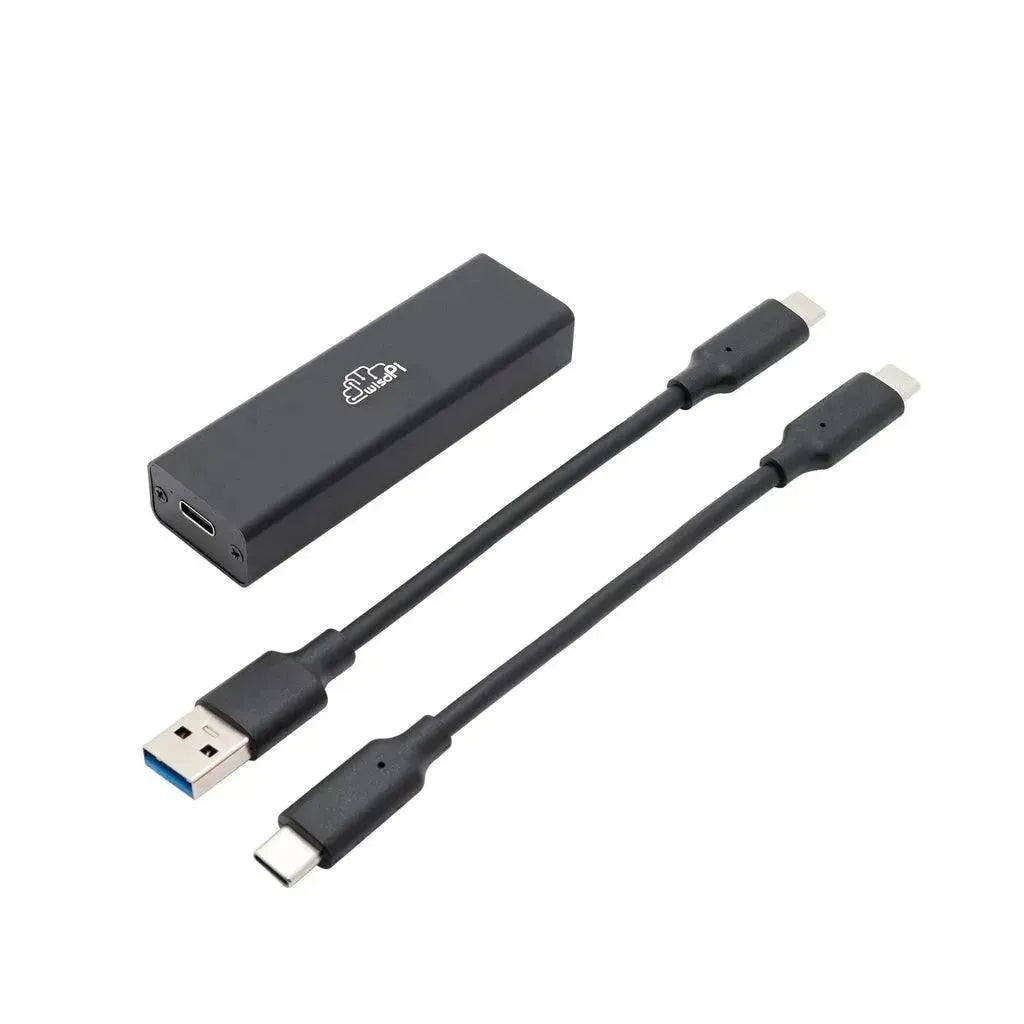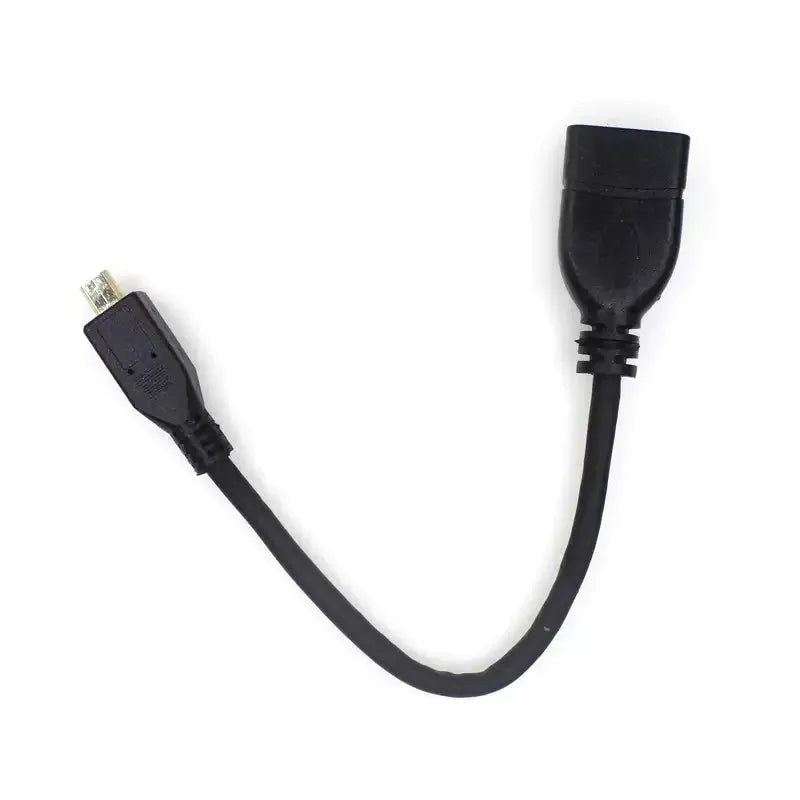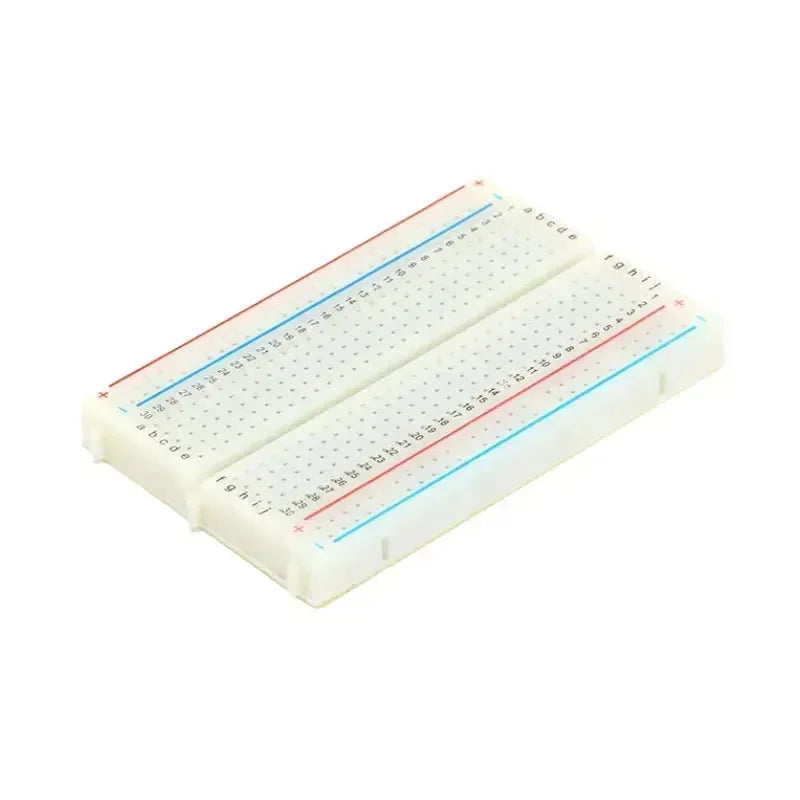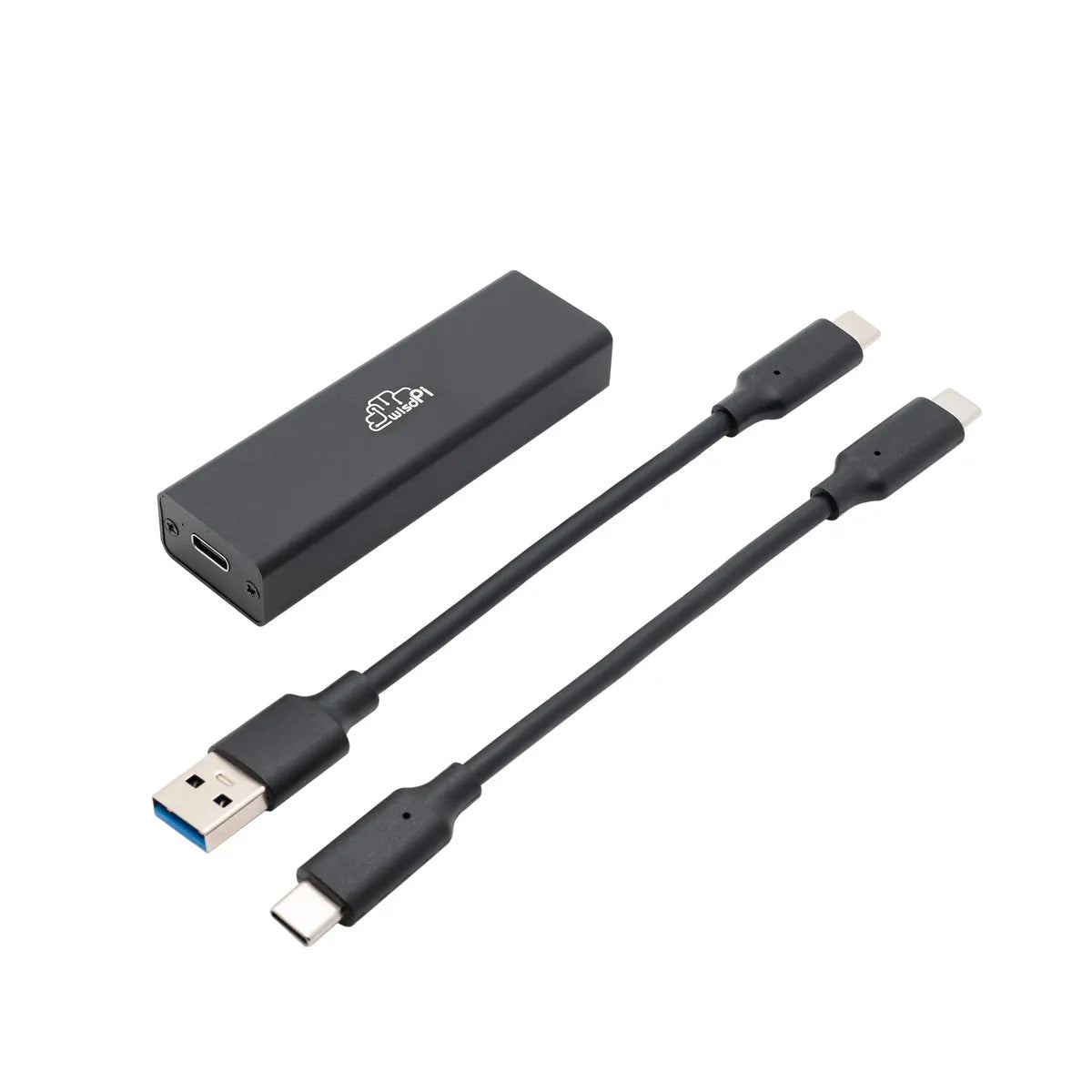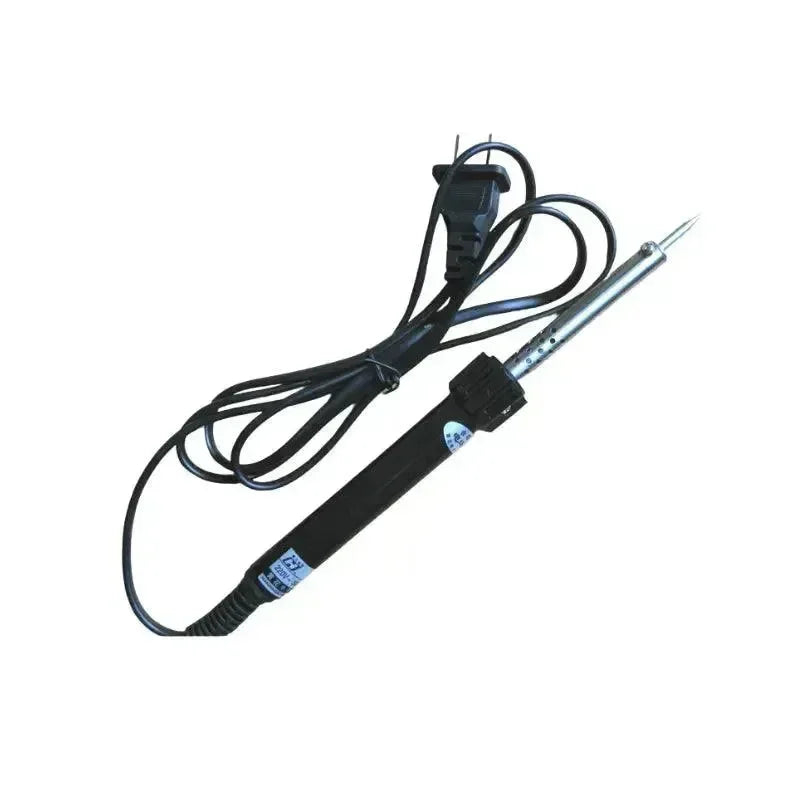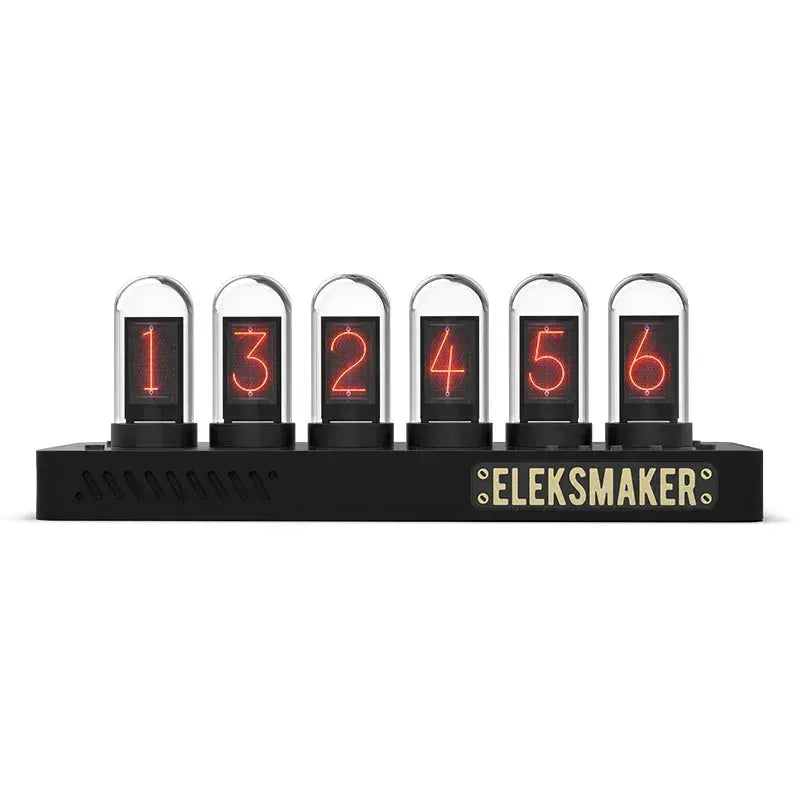📡 Rethinking Connectivity in a Centralized World 🌐
In today’s hyper-connected era, we rely heavily on centralized infrastructure—cell towers, Wi-Fi networks, and satellites—to stay in touch. But what happens when these systems fail or are simply unavailable? ❌📶
From natural disasters 🌪️ to remote expeditions 🏔️, the need for resilient, off-grid communication is growing. Enter Meshtastic 🚀: a revolutionary open-source project that’s redefining how we connect—without relying on traditional networks like LoRaWAN, cellular towers, or centralized servers.
🔗 What Is Meshtastic? 🤔
Meshtastic is more than just software—it's a decentralized, peer-to-peer mesh communication protocol powered by low-cost, low-power LoRa radios 📻 such as TTGO T-Beam, Heltec, and ESP32-based boards. It enables devices to form a dynamic, self-healing network 🔄 that operates entirely off-grid, making it ideal for emergency response 🚑, rural connectivity 🌾, and DIY open-source hardware projects 🔧.
Whether you're preparing for emergencies 🚨, exploring the wilderness 🌲, or building DIY tech projects 🛠️, Meshtastic offers a robust alternative to conventional communication systems. It integrates seamlessly with platforms like GitHub, Discord, and Hackaday 💻, and supports integration with MQTT, Node-RED, and other IoT frameworks.
🧠 The Core Concept: Decentralization & Mesh Networking 🌍
🕸️ How Mesh Networks Work
Unlike centralized systems that depend on servers or towers, a mesh network allows devices (or “nodes”) to communicate directly 🔗. Each node acts as both sender and relay, passing messages across the network until they reach their destination. This architecture supports resilient, adaptive systems for off-grid messaging and sensor data transmission 📡.
This architecture creates a resilient, adaptive system 💪 that thrives even when infrastructure fails, making it ideal for disaster zones 🚑, outdoor expeditions 🏕️, smart village deployments 🏡, and tactical field operations 🎖️.
📶 Powered by LoRa Technology
Meshtastic uses LoRa (Long Range) radio 📡—a low-power wireless protocol operating on unlicensed ISM bands. With ranges from 2–5 km in typical conditions and up to 100 km line-of-sight 🌄, LoRa is ideal for off-grid communication, telemetry, and IoT sensor networks.
Meshtastic wraps LoRa’s raw capabilities in an intelligent, user-friendly protocol 🤝 that’s easy to deploy and customize for hobbyists, educators, and first responders. It supports encryption 🔒, channel management 📊, and dynamic routing.
⚙️ How Meshtastic Works: Hardware Meets Software 🔧💻
🔧 Hardware Requirements
To build a Meshtastic node, you’ll need a compatible microcontroller board—commonly ESP32, TTGO T-Beam, Heltec, or nRF52—equipped with a LoRa radio 📡 and optionally a GPS module 📍. These boards are widely available and affordable 💲, ranging from DIY kits to rugged, pre-built devices. Raspberry Pi 🍓 can also be used as a gateway node or for advanced integrations.
📲 Software & Mobile Integration
The open-source Meshtastic firmware is flashed onto the board, transforming it into a mesh node 🔄. You can then pair it with your smartphone 📱 via Bluetooth or Wi-Fi, using the Meshtastic mobile app (Android/iOS) to:
-
Send/receive encrypted text messages ✉️🔒
-
View real-time network maps 🗺️
-
Configure device settings and channels ⚙️
Messages are broadcast over LoRa 📡, and if the recipient is out of range, other nodes automatically relay the message 🔁 using a managed flooding algorithm—ensuring efficient delivery without unnecessary duplication. This makes it ideal for mesh routing, telemetry 📊, and low-bandwidth data transmission in remote or hostile environments.
🌍 What Meshtastic Can Do: Real-World Applications 🌟
🆘 1. Emergency & Disaster Communication 🚑
When disasters strike 🌪️, traditional networks often collapse. Meshtastic provides a resilient, infrastructure-free communication backbone for:
-
First responders 🚒
-
Relief teams 🤝
-
Local communities 🏘️
It enables coordination, location tracking 📍, and message sharing—even in total network outages. Ideal for emergency mesh networks, search and rescue operations 🧭, and disaster recovery planning.
🏕️ 2. Outdoor & Remote Adventures 🌲
For hikers 🚶, climbers 🧗, campers ⛺, and paragliders 🪂, Meshtastic offers:
-
Group messaging in no-signal zones 📵
-
GPS-based location sharing 📍
-
Lightweight, low-power safety tools 🛡️
Perfect for staying connected off-grid during expeditions 🏔️, survival training 🧭, and remote exploration. Compatible with solar-powered setups ☀️🔋 and waterproof enclosures 💧.
🎪 3. Large Events & Festivals 🎉
Overloaded cellular networks at festivals 🎶? Meshtastic creates a private local mesh for:
-
Attendee coordination 👥
-
Staff logistics 👷
-
Friend-finding in crowds 👫
No SIM card required 📵. Ideal for temporary mesh deployments, pop-up networks, and event-based communication infrastructure.
🏡 4. Rural & Community Connectivity 🌾
In underserved areas 🌍, Meshtastic can establish local communication networks using relay nodes on rooftops 🏠, hills ⛰️, or towers 🗼. It’s a cost-effective solution for:
-
Daily messaging 💬
-
Community alerts 📢
-
Backup systems 🔄
Supports smart village initiatives 🏘️, remote education 🎓, and digital inclusion 🌐. Can be combined with solar panels ☀️ and battery packs 🔋 for long-term deployment.
📈 5. IoT & Data Transmission 📡
Meshtastic isn’t just for chat 💬—it can transmit small data packets, making it ideal for:
-
Farm sensors 🌱 (soil moisture, weather stations)
-
Industrial telemetry ⚙️ and SCADA systems
-
Remote monitoring 🌊 (wildlife, water levels, air quality)
Its open-source nature allows seamless integration 🔗 with platforms like Home Assistant, Grafana 📊, and InfluxDB. Perfect for low-bandwidth IoT deployments.
🔬 6. Hobbyist & Educational Projects 📚
Meshtastic is a dream 💡 for makers and educators 👩🏫. With low-cost hardware 💲 and rich documentation 📖, it’s perfect for:
-
Learning radio & networking fundamentals 📡
-
Building DIY communicators and mesh nodes 🛠️
-
Exploring mesh protocols and LoRa modulation 🔍
The vibrant community offers tutorials 📚, forums 💬, and GitHub support 💻 for all skill levels. Great for STEM education 🎓, open-source hardware labs 🧪, and maker fairs 🎪.
🌱 The Meshtastic Community & Future Outlook 🔮
Meshtastic is powered by a global open-source community 🌍—hundreds of contributors collaborating via GitHub, Discord, and forums 🤝. This collective effort drives:
-
Rapid innovation ⚡
-
Transparent development 🔎
-
User-focused features 🎯
🔮 What’s Next for Meshtastic?
Future enhancements include:
-
Longer battery life 🔋 with optimized power management
-
Integrated OLED or e-paper displays 📖 for field readability
-
Smarter routing algorithms 🧠 for dense mesh environments
-
Support for larger, multi-hop networks 🌐 with dynamic topology
-
Expanded compatibility with Raspberry Pi 🍓, Arduino 🤖, and other open-source platforms
Meshtastic is evolving into a versatile platform 🔧 for off-grid communication, IoT telemetry 📡, and community resilience 🏘️. Its modular architecture and open-source firmware make it ideal for customization, experimentation, and integration into broader smart infrastructure projects 🏗️.
🧭 Why Meshtastic Matters 🌟
In a world where connectivity is essential 🌍, Meshtastic offers a decentralized, user-controlled alternative 🔓. It’s not about replacing the internet—it’s about empowering people 💪 when traditional systems fail or are inaccessible.
Whether you're a first responder 🚒, explorer 🧭, educator 👩🏫, or tinkerer 🔧, Meshtastic puts communication back in your hands—one mesh node at a time 📡. With its growing ecosystem 🌱, community support 🤝, and hardware flexibility 🛠️, it’s paving the way for a more resilient, inclusive, and open future of connectivity 🌐.

